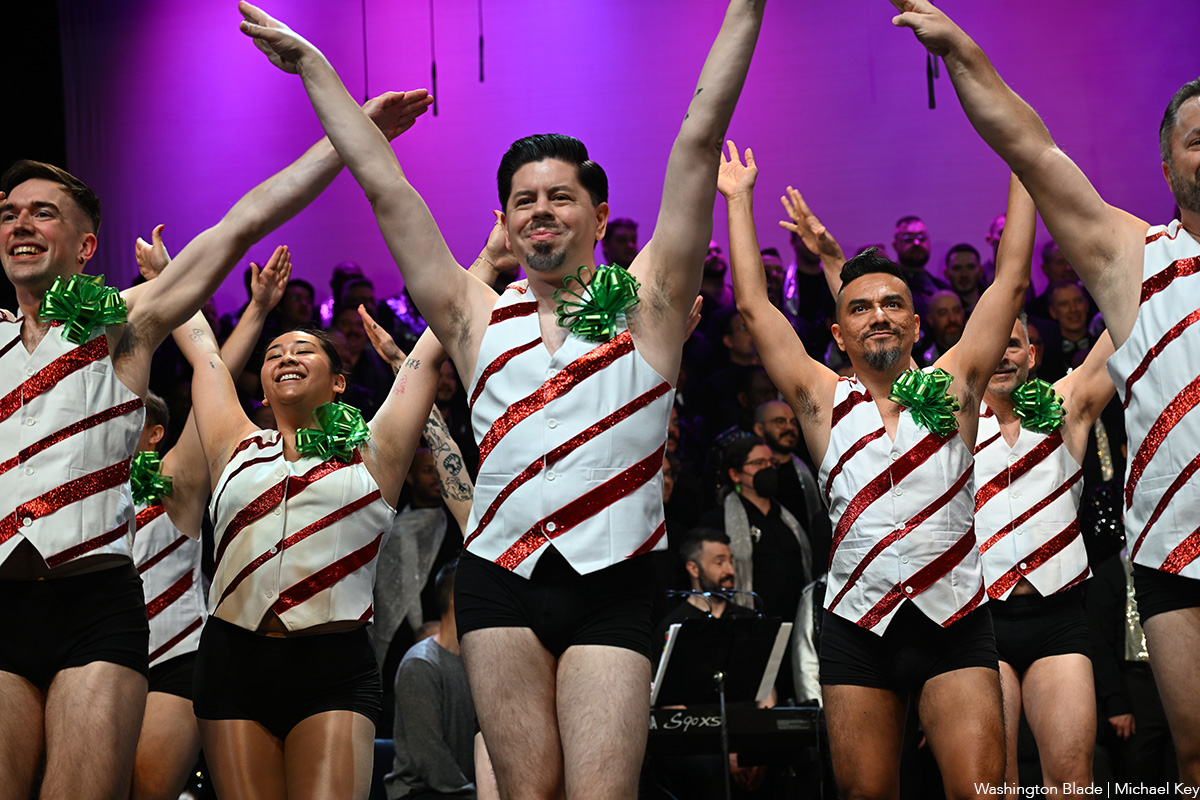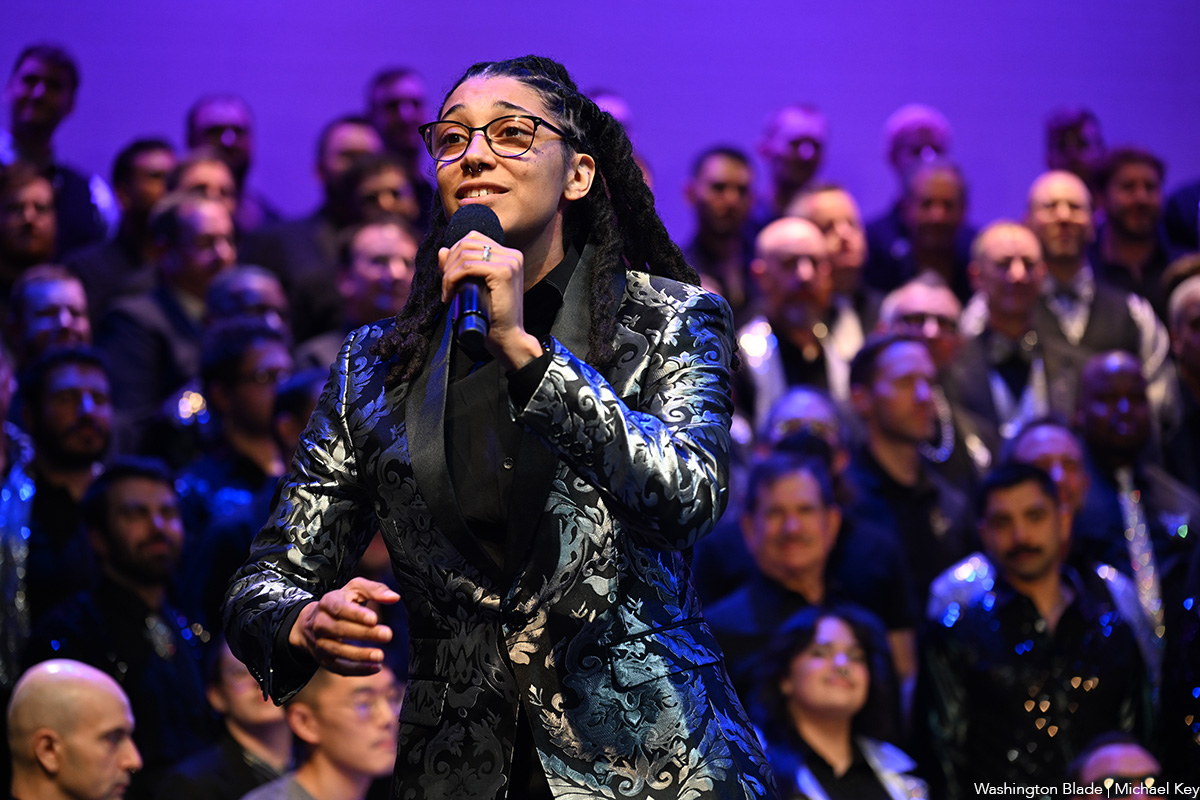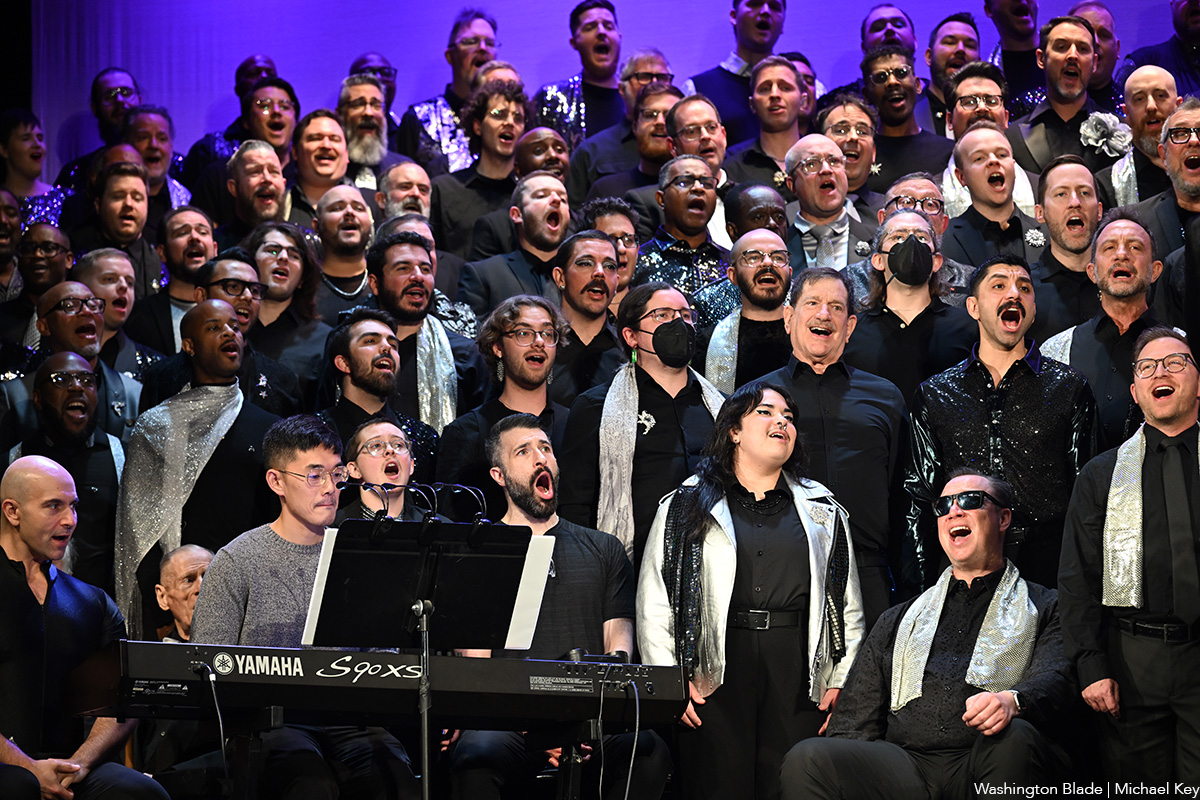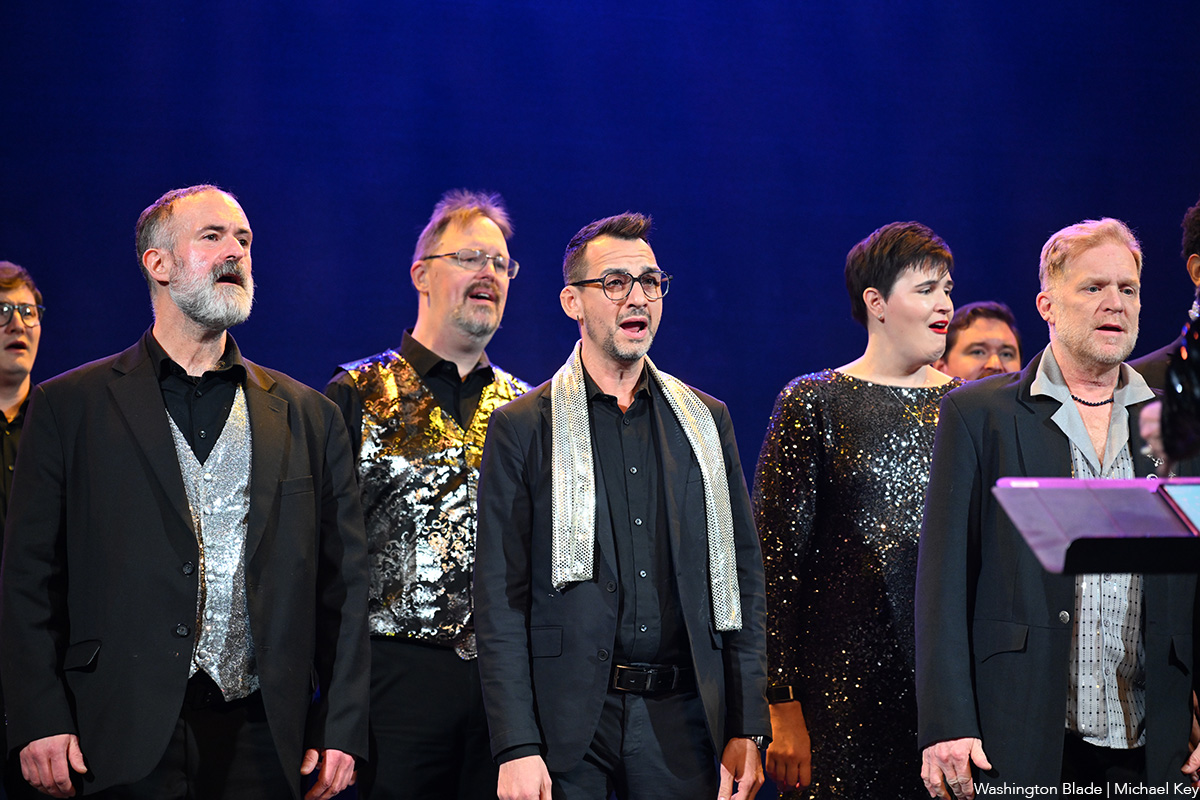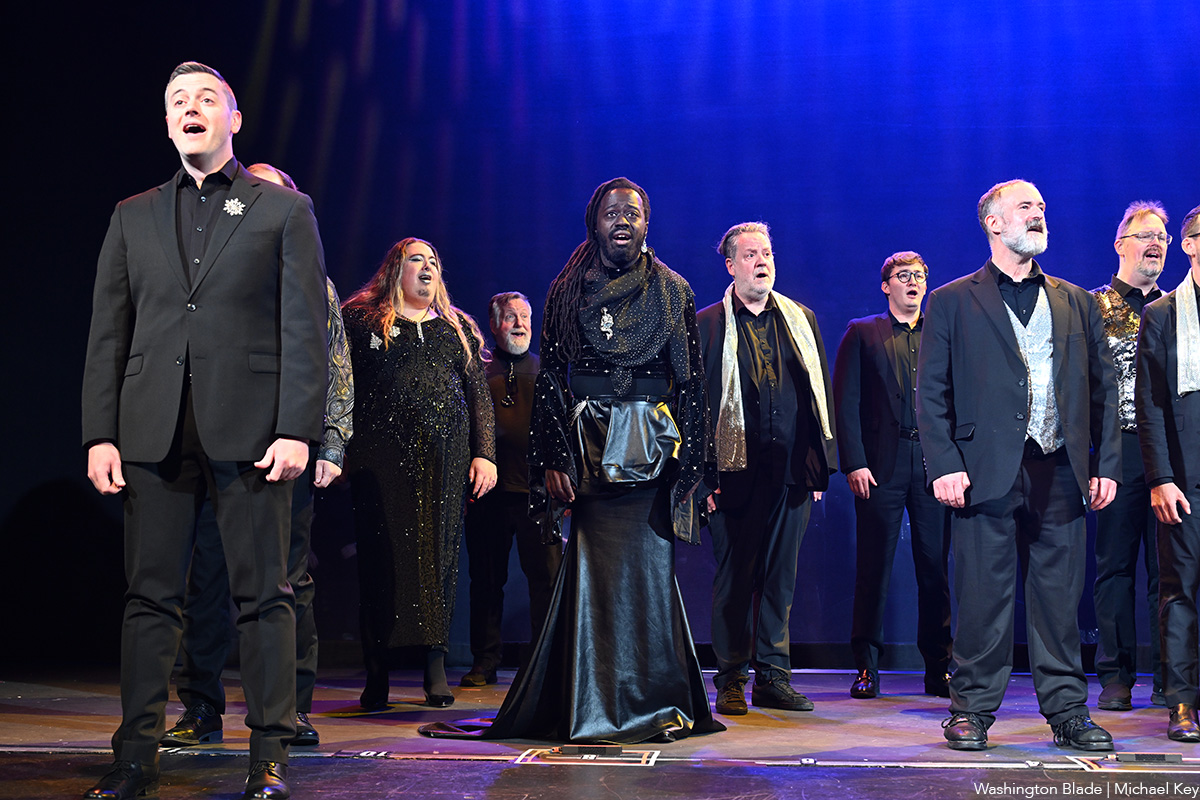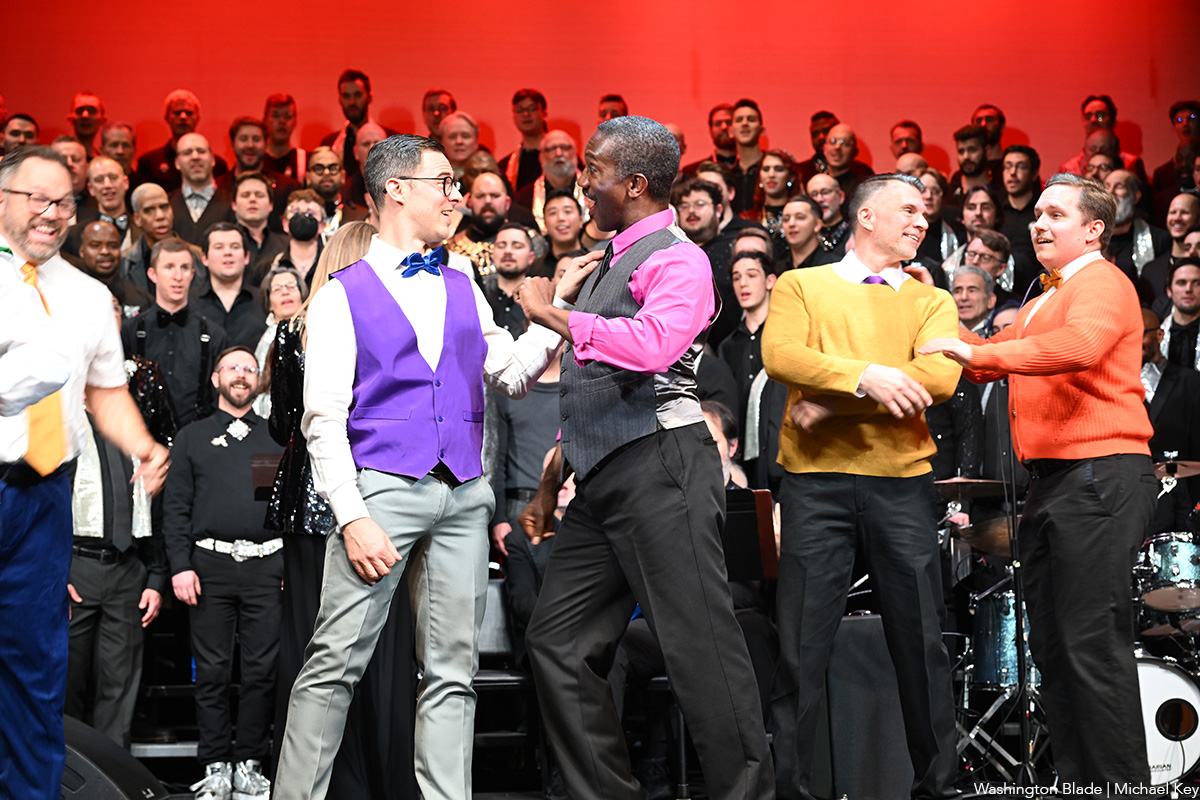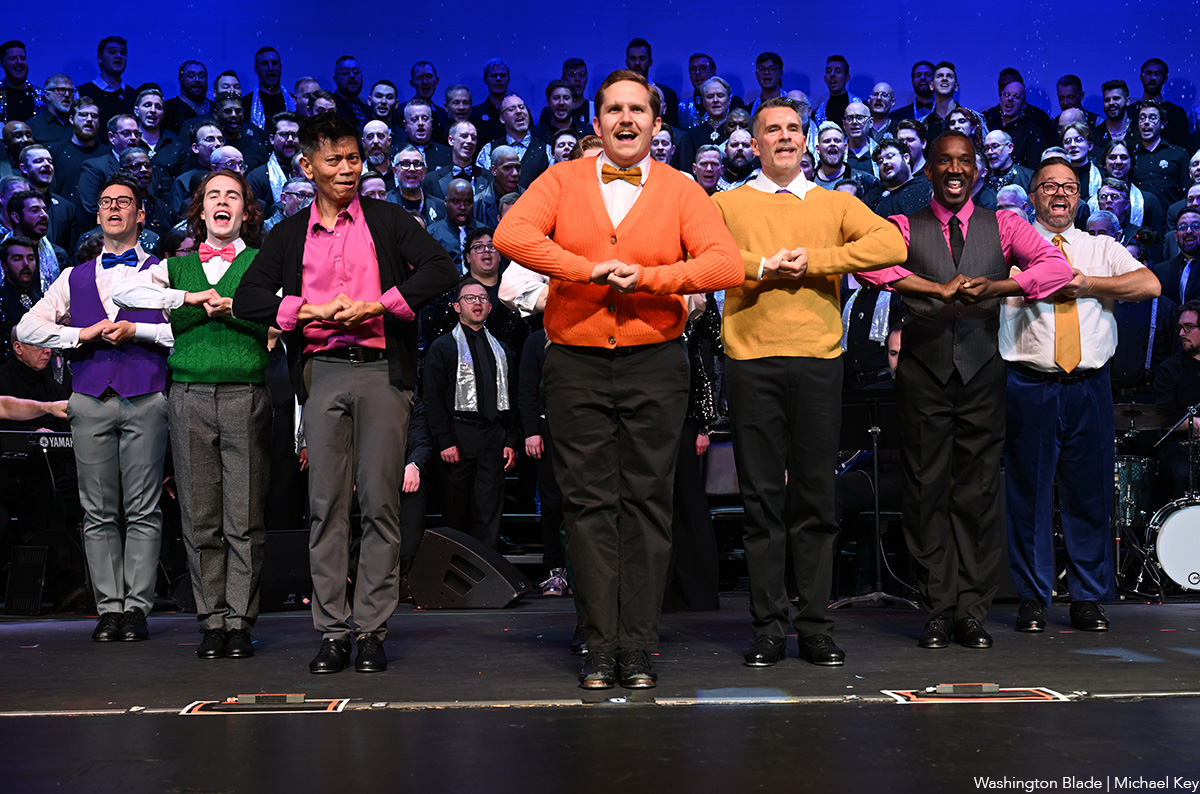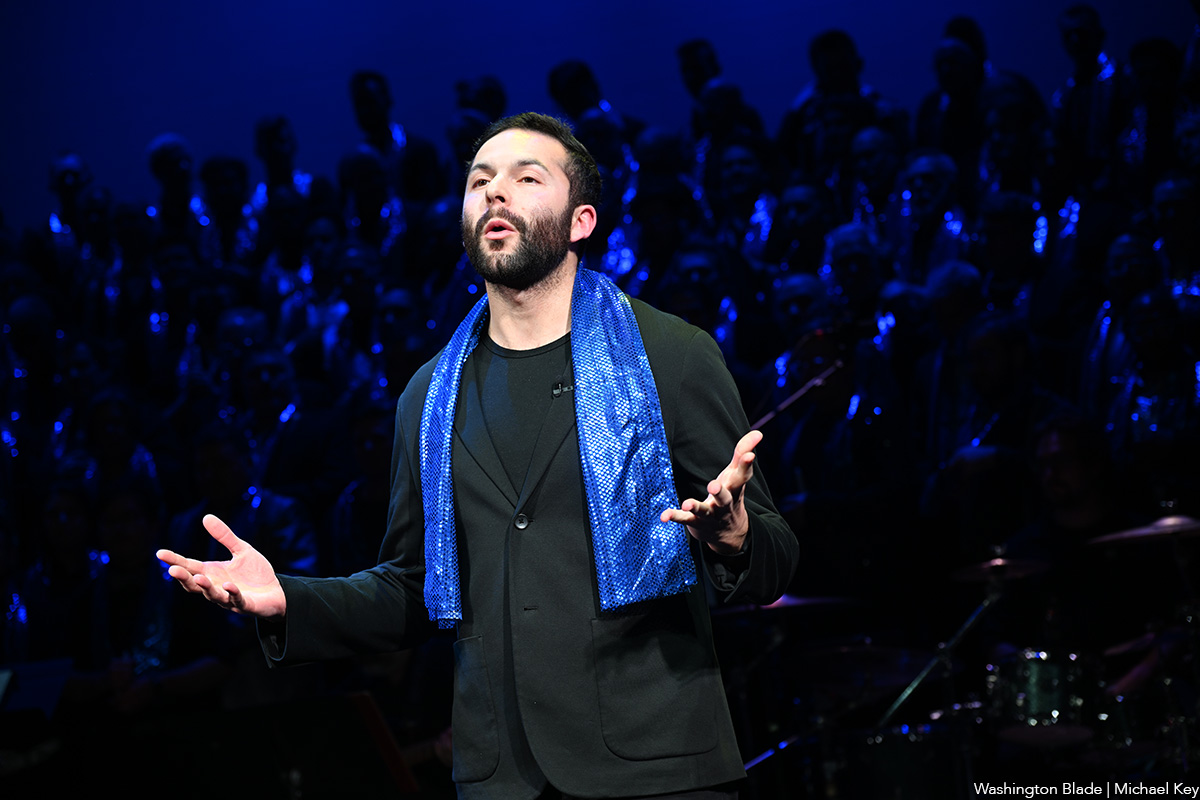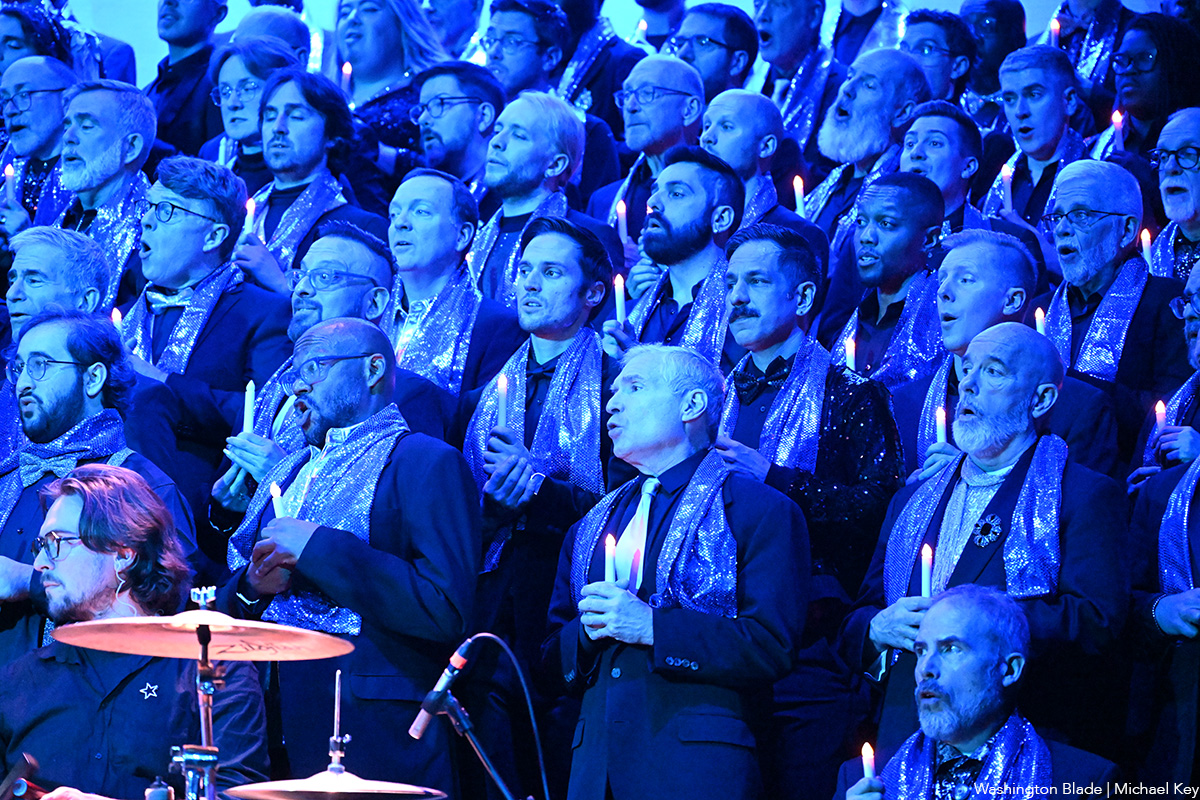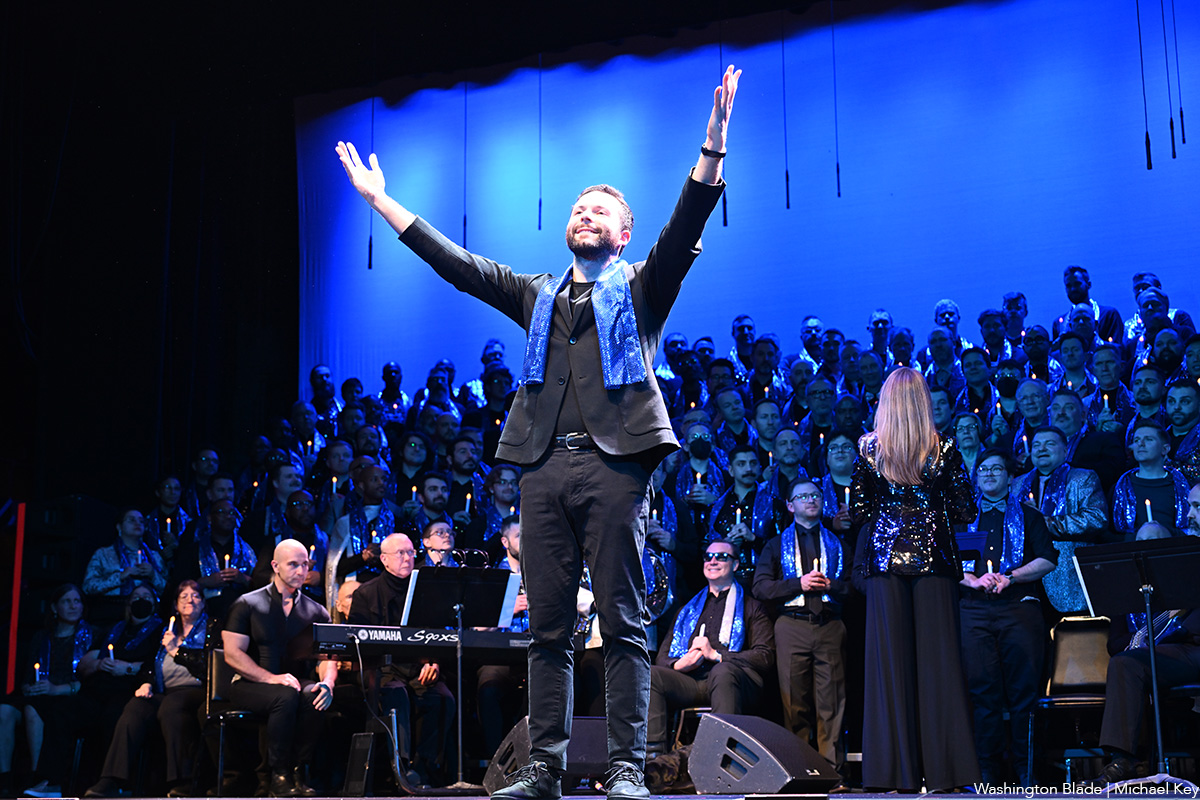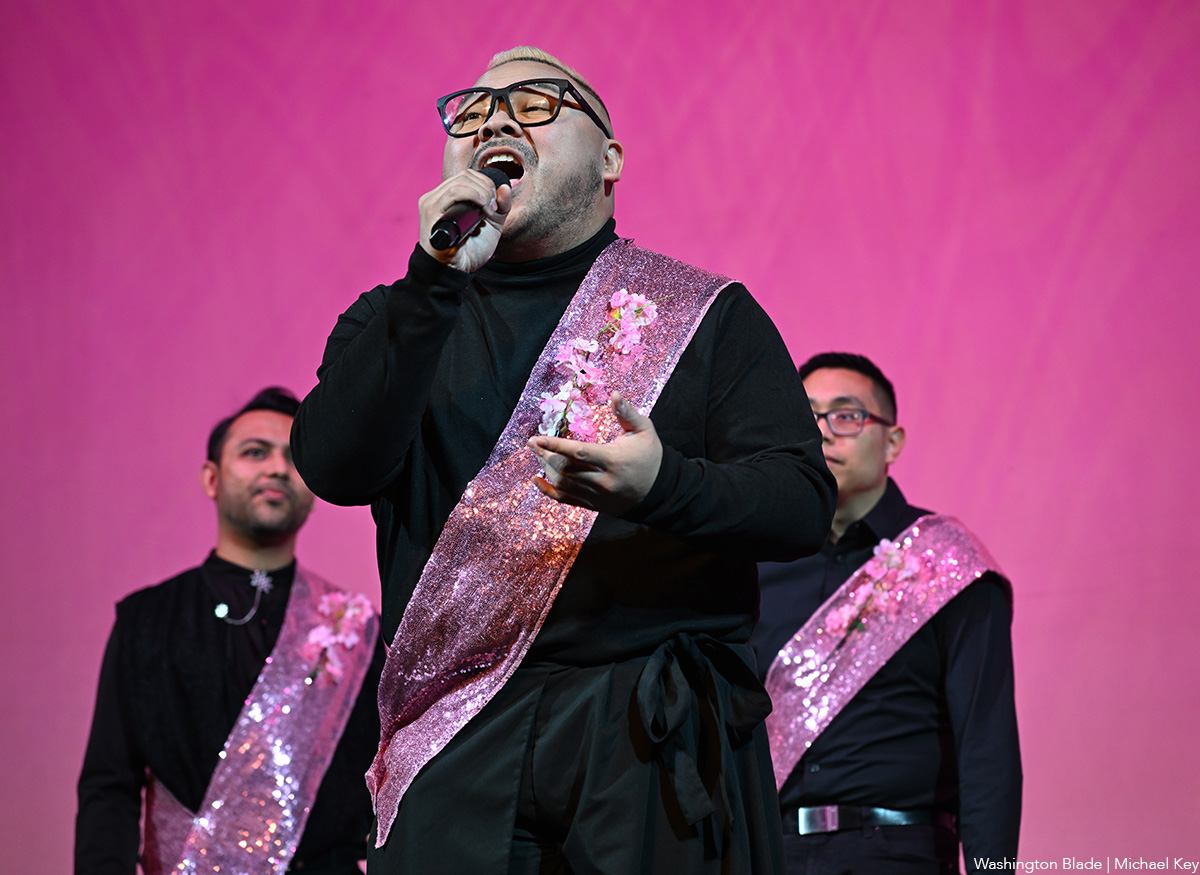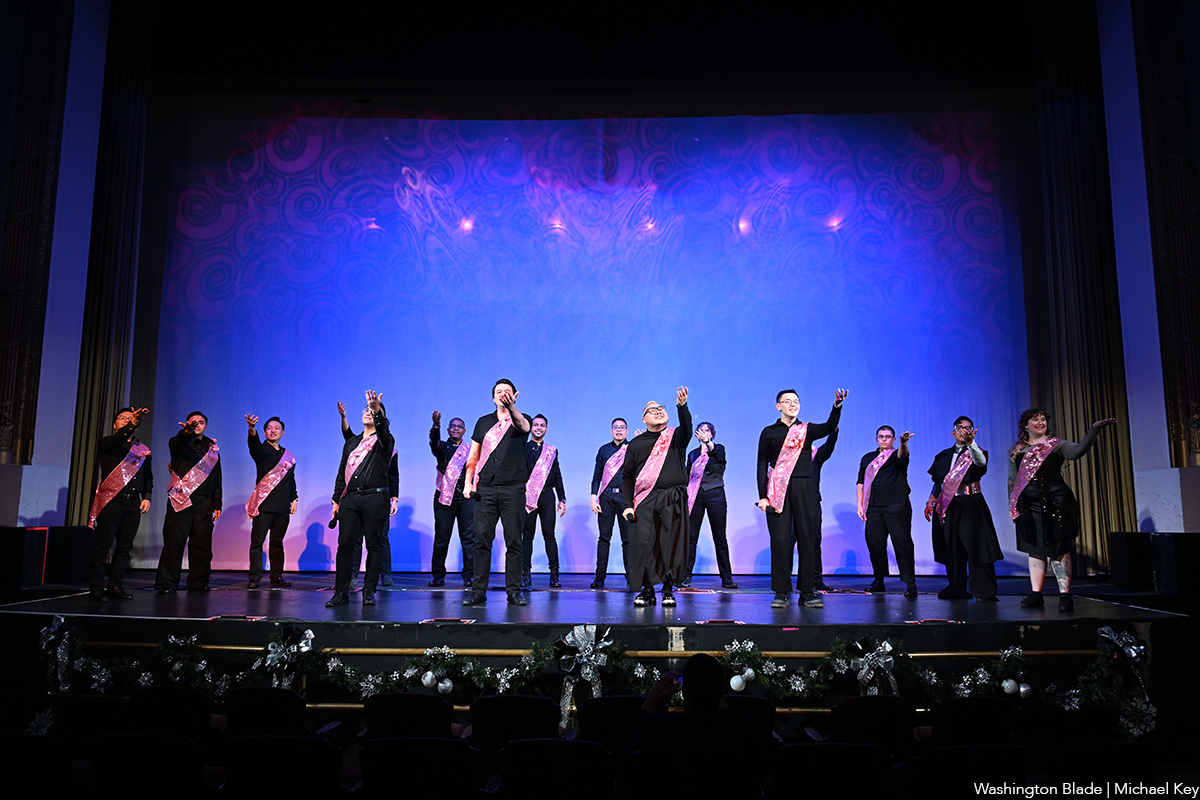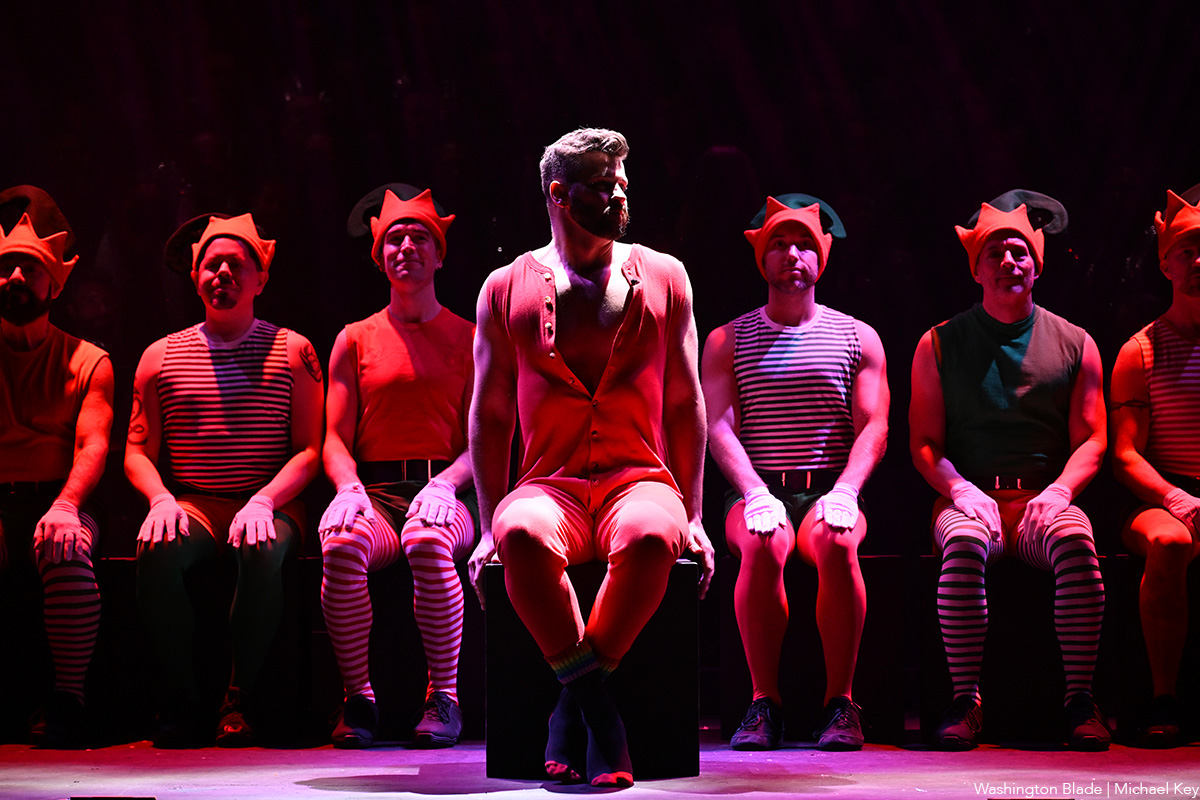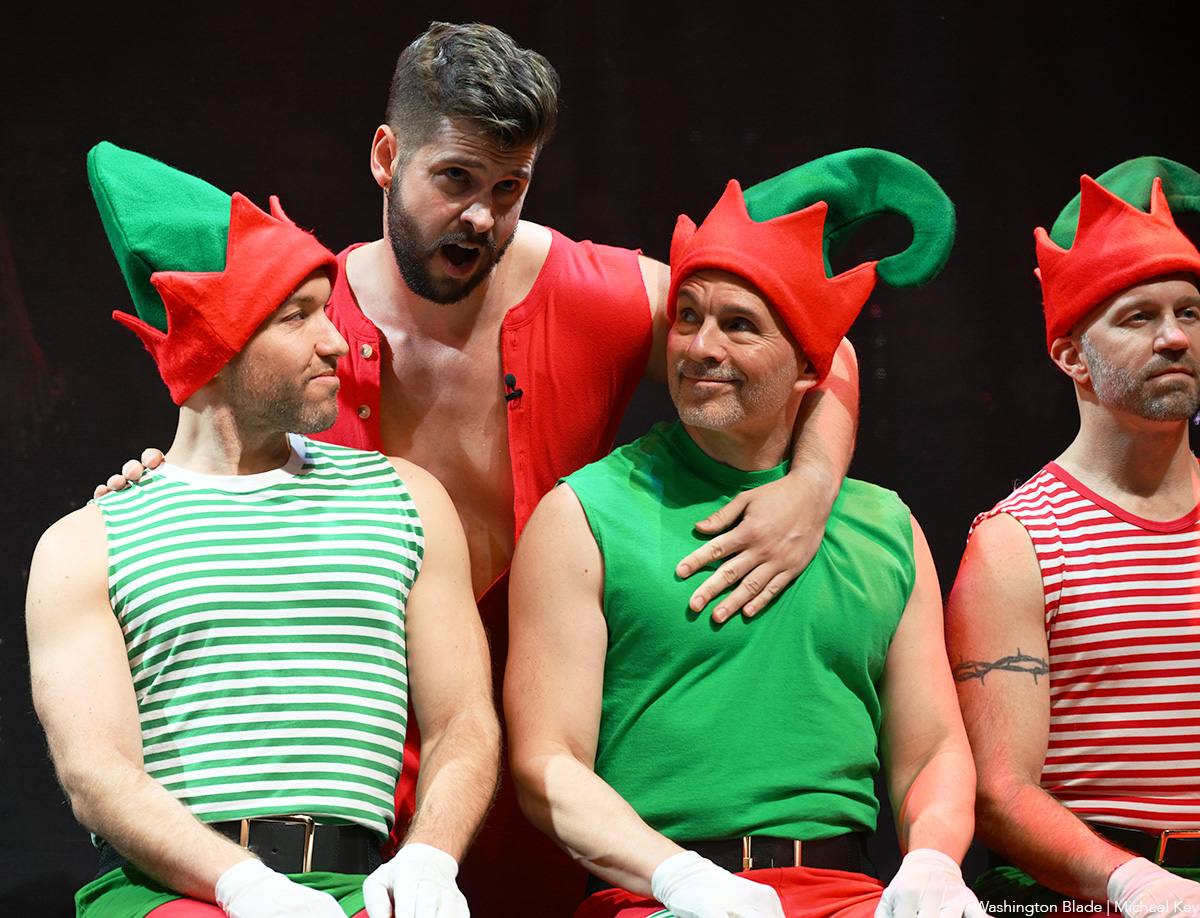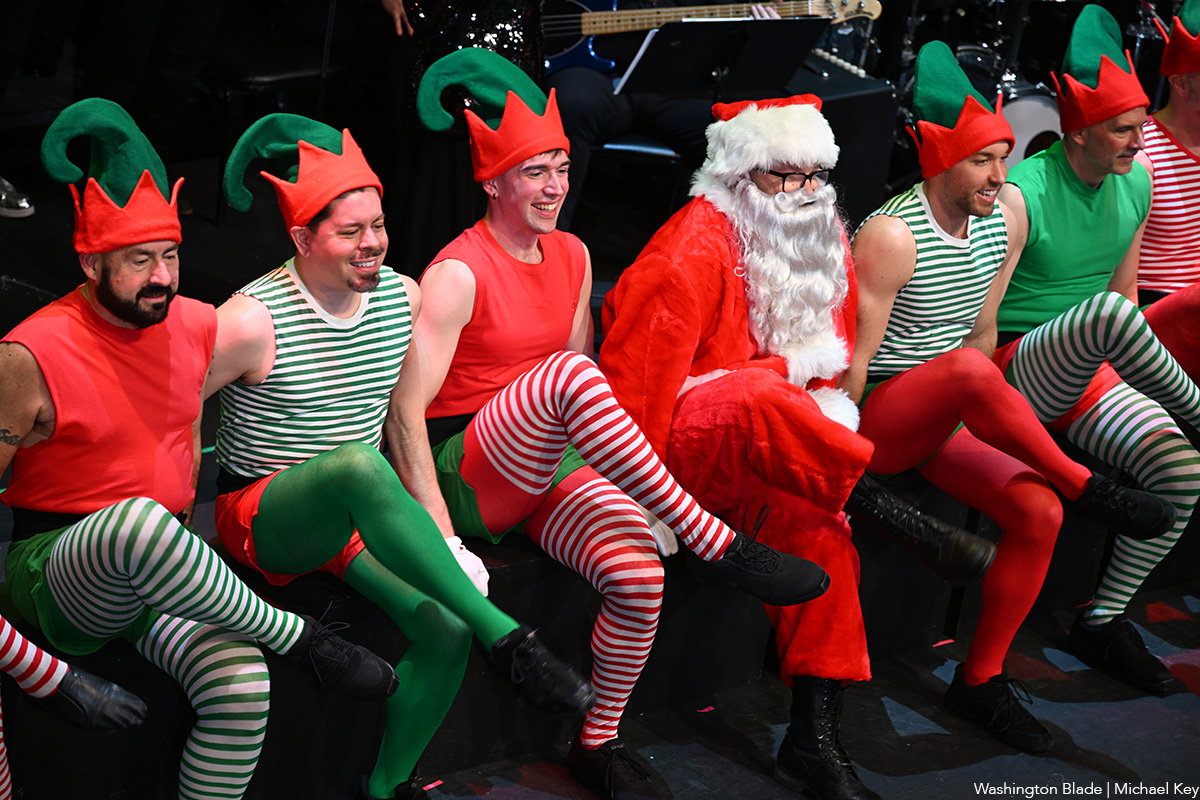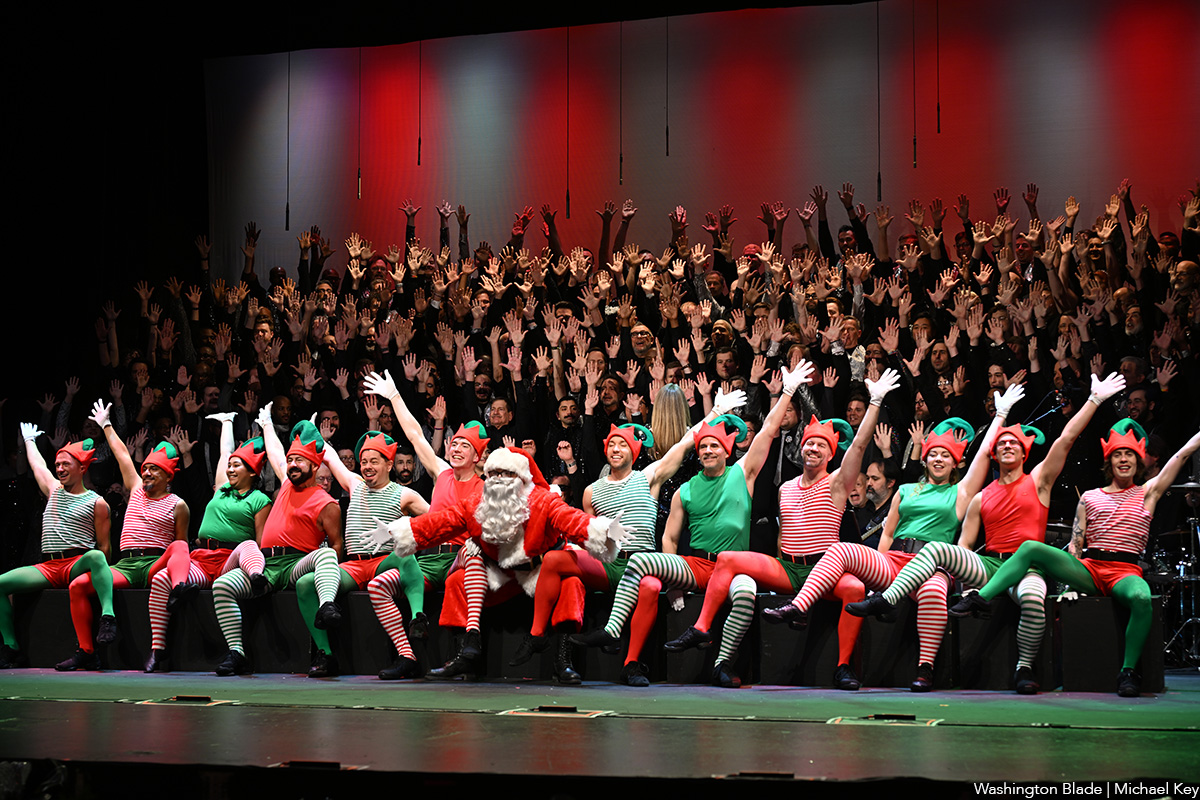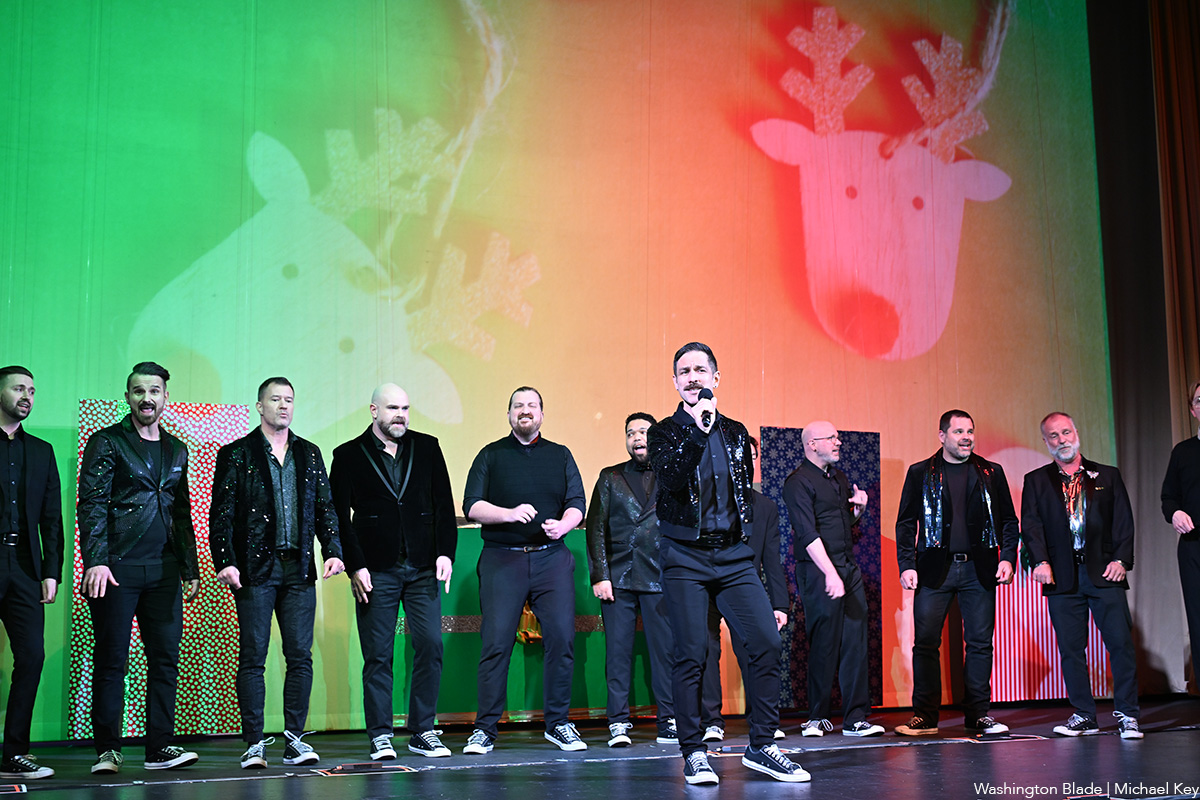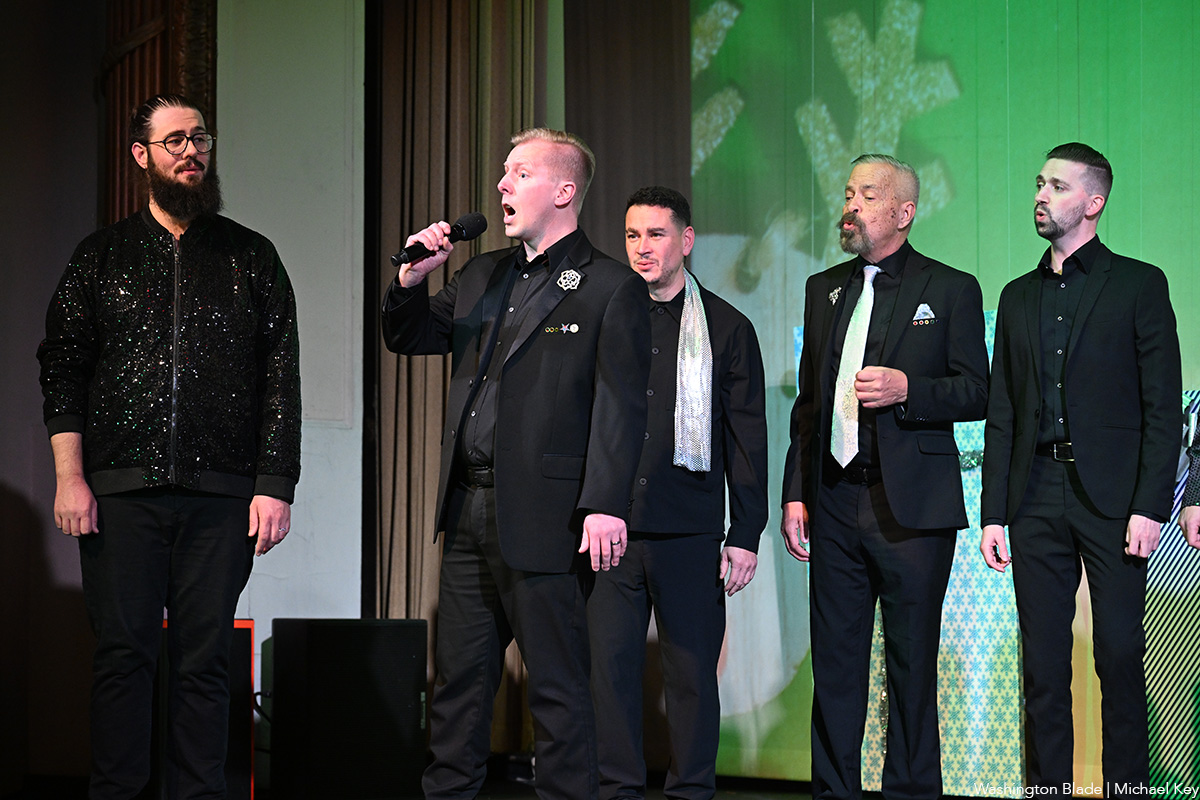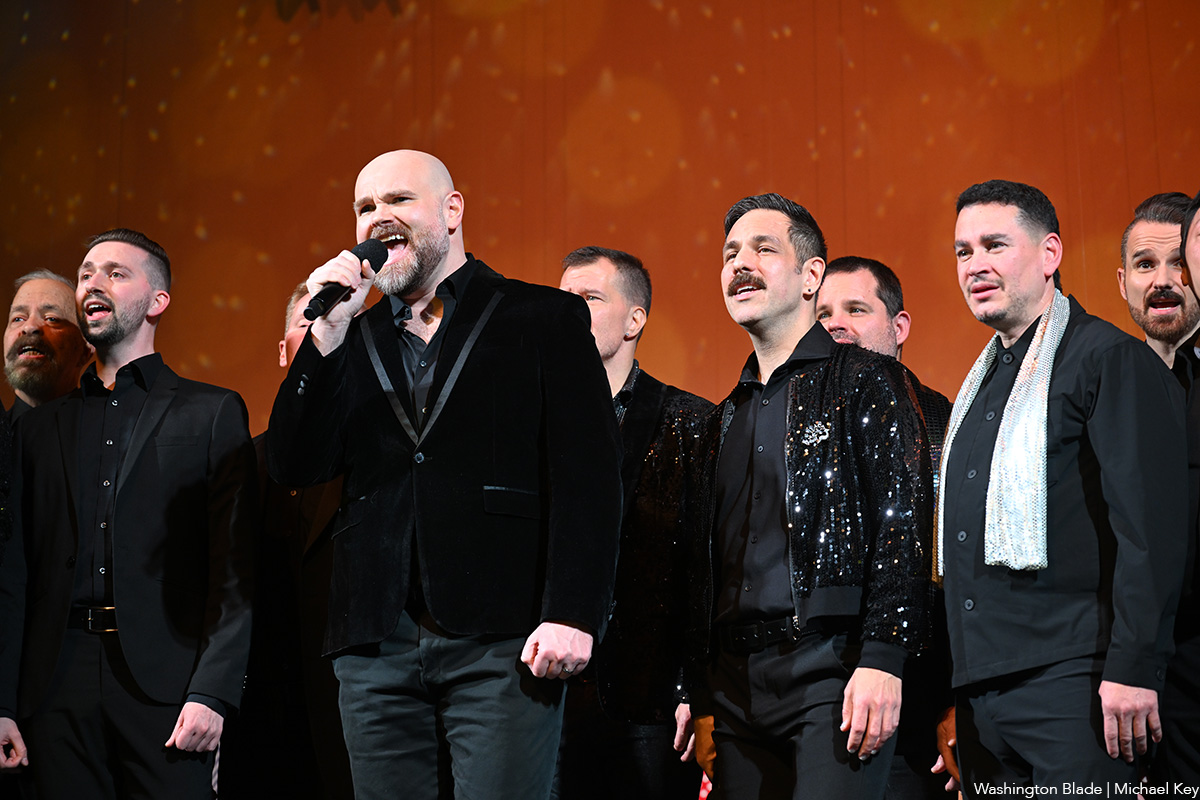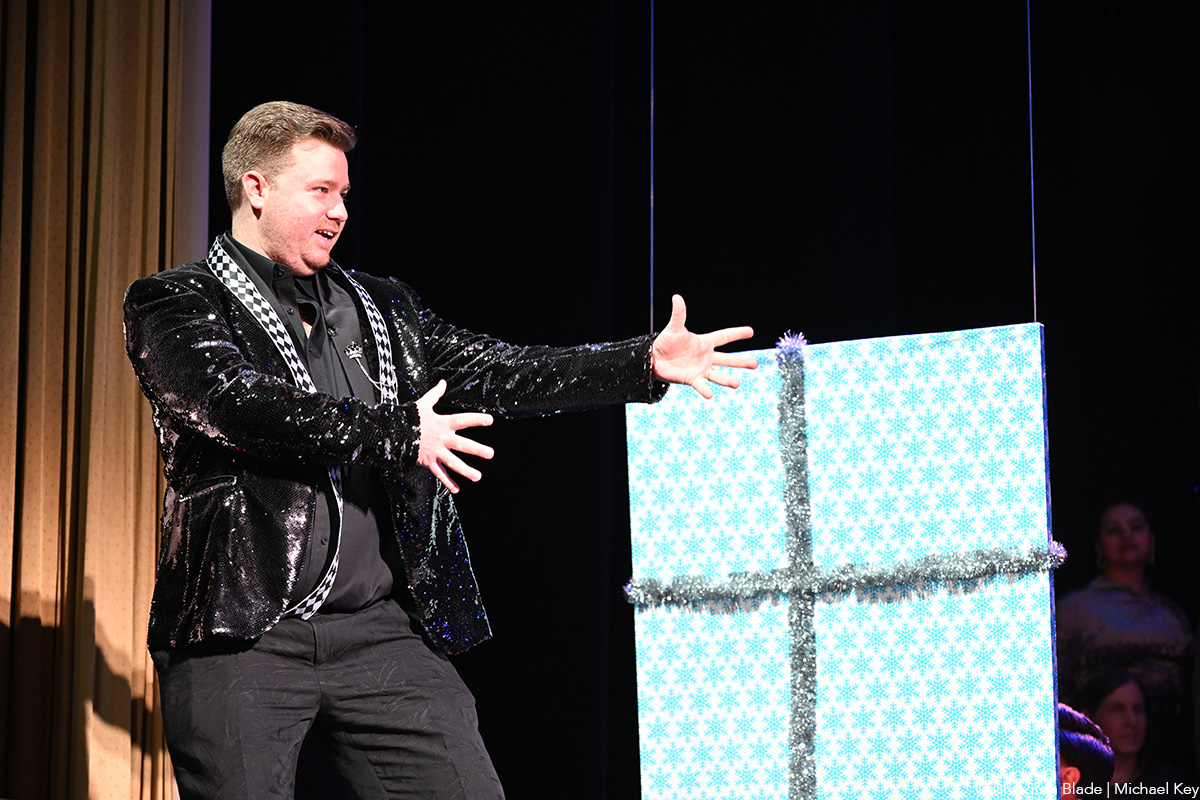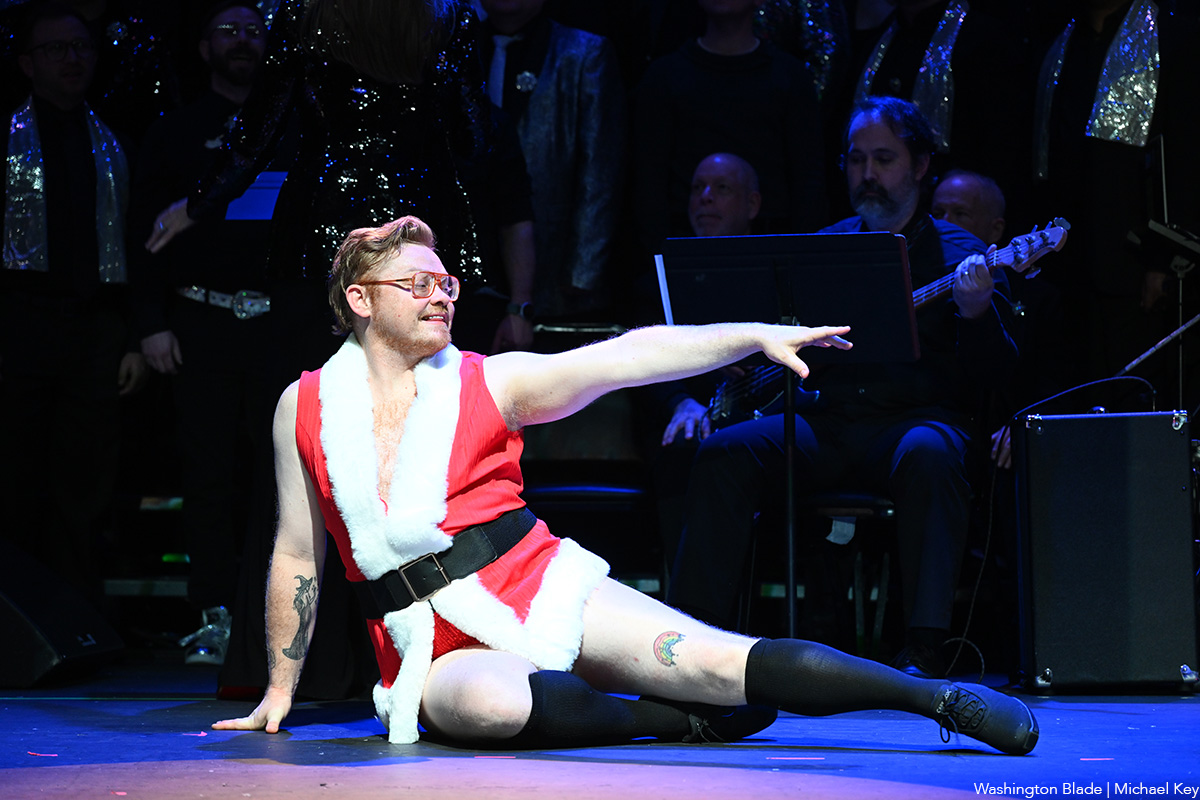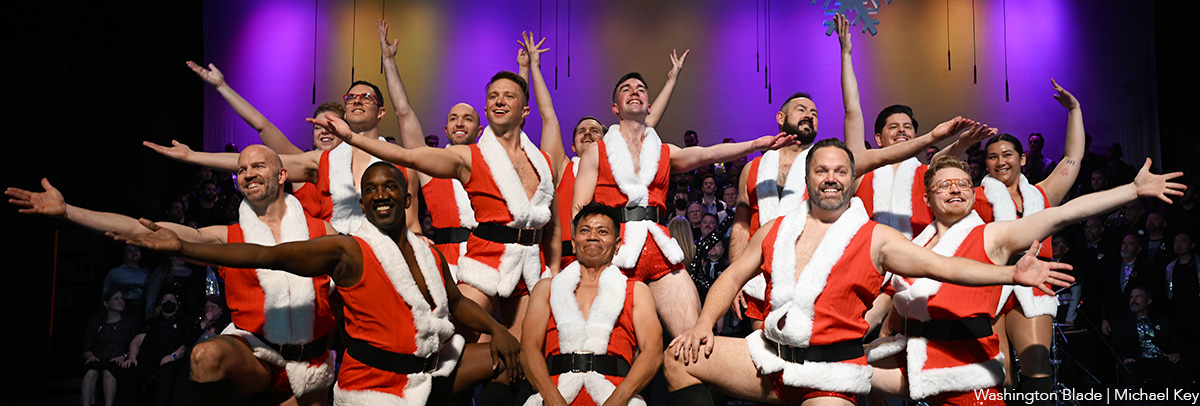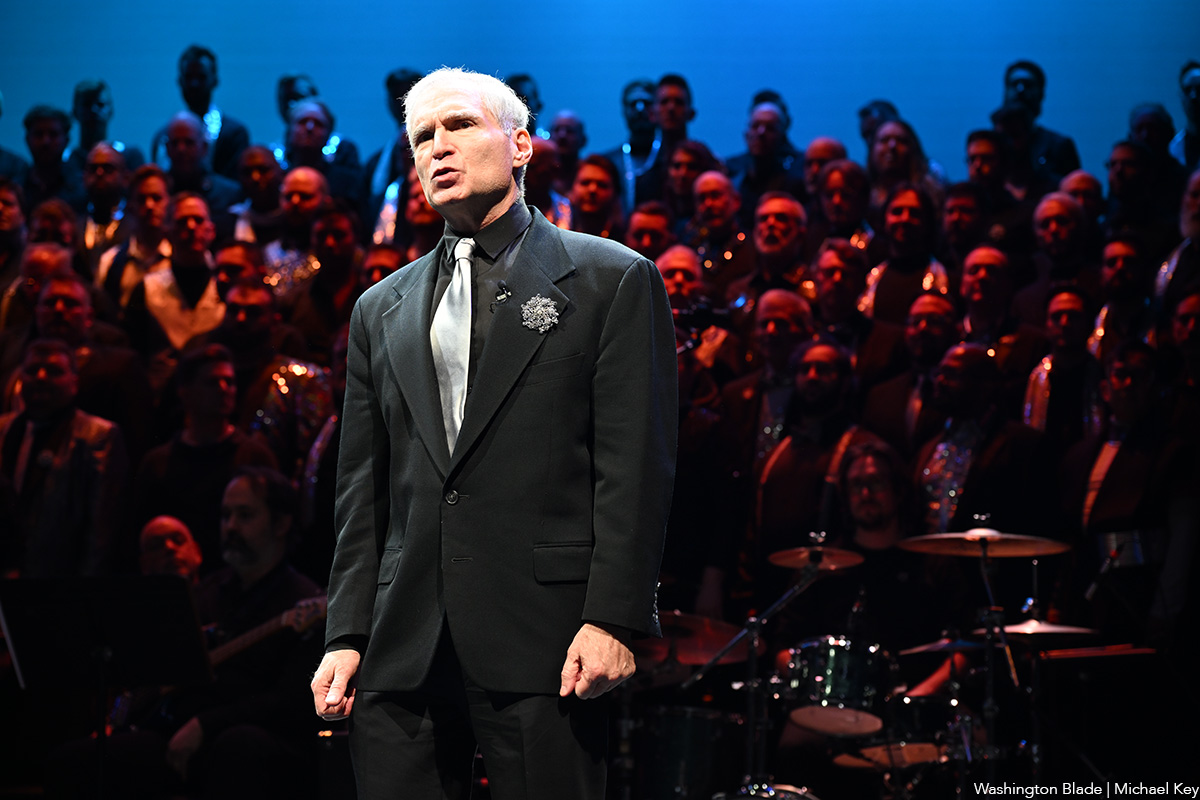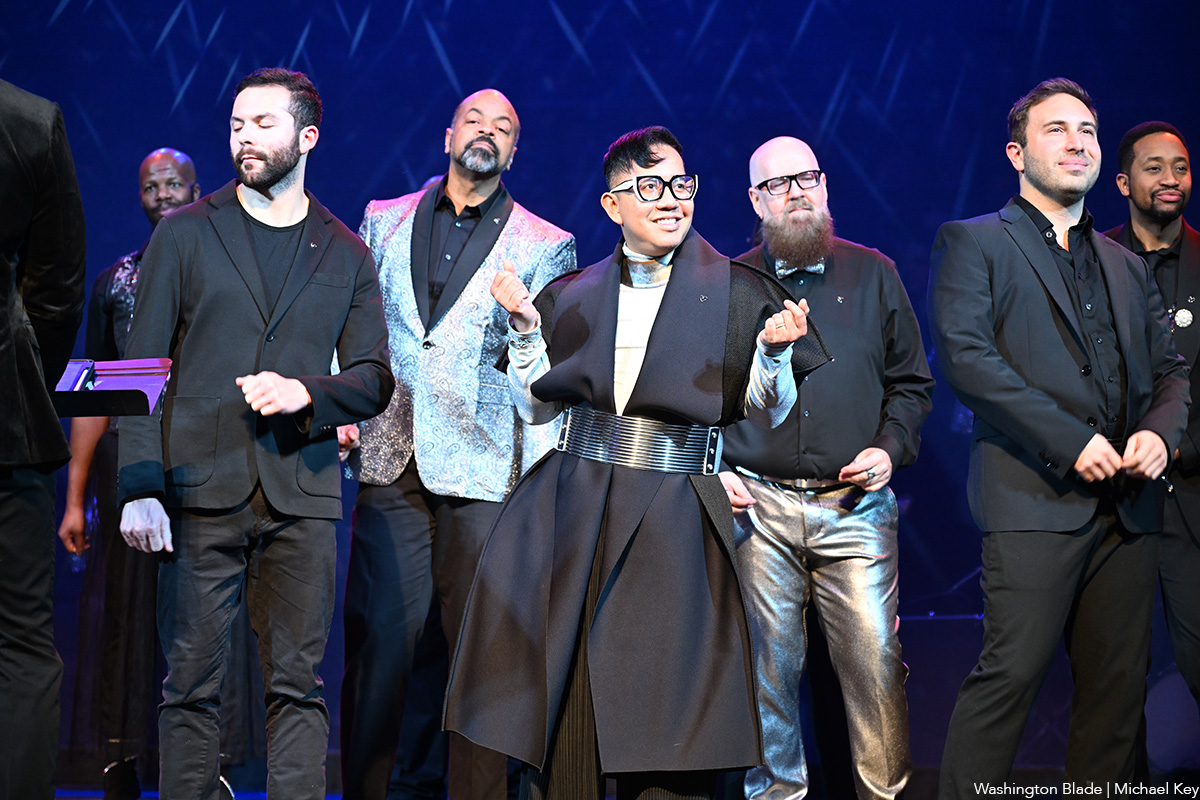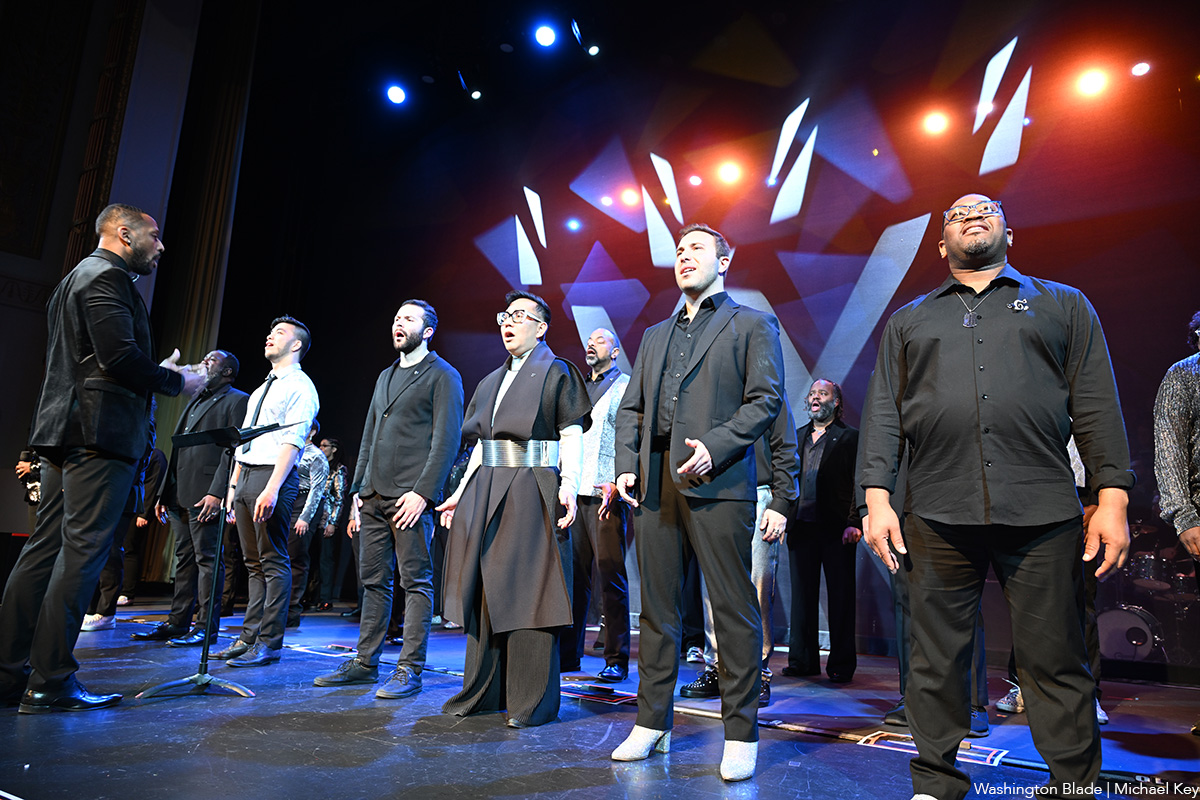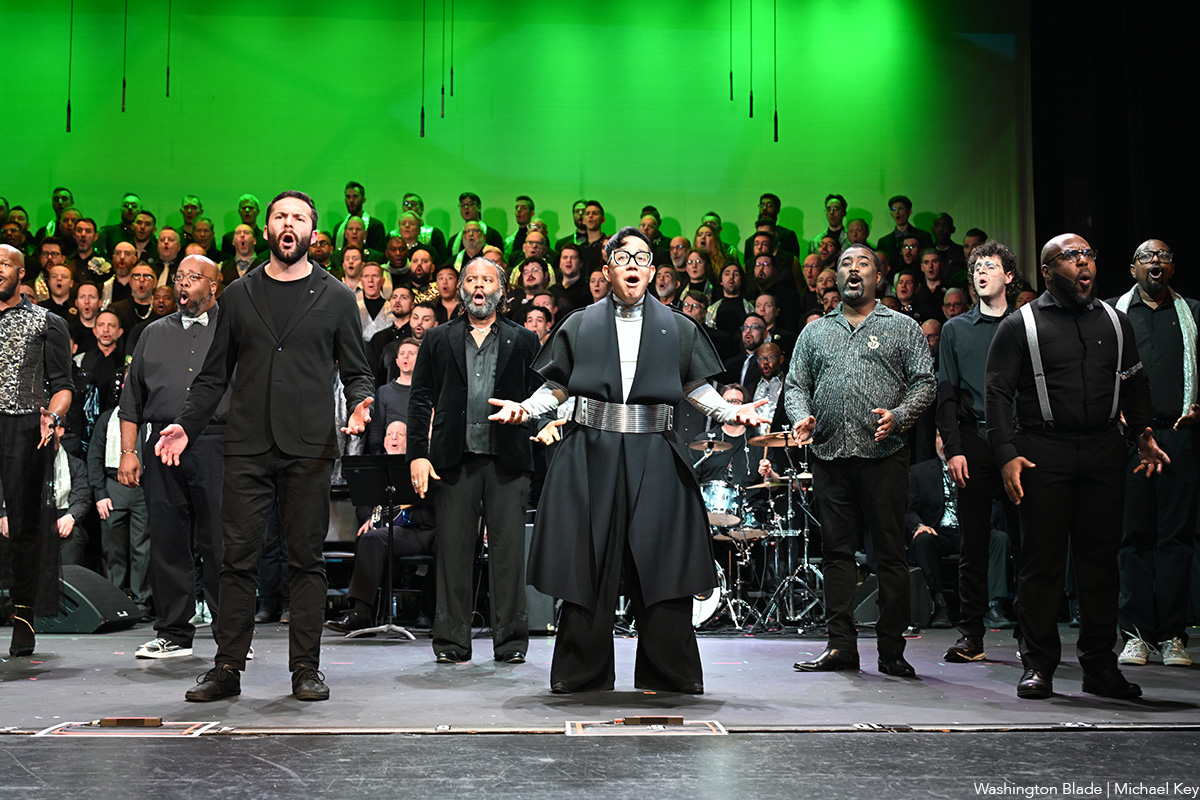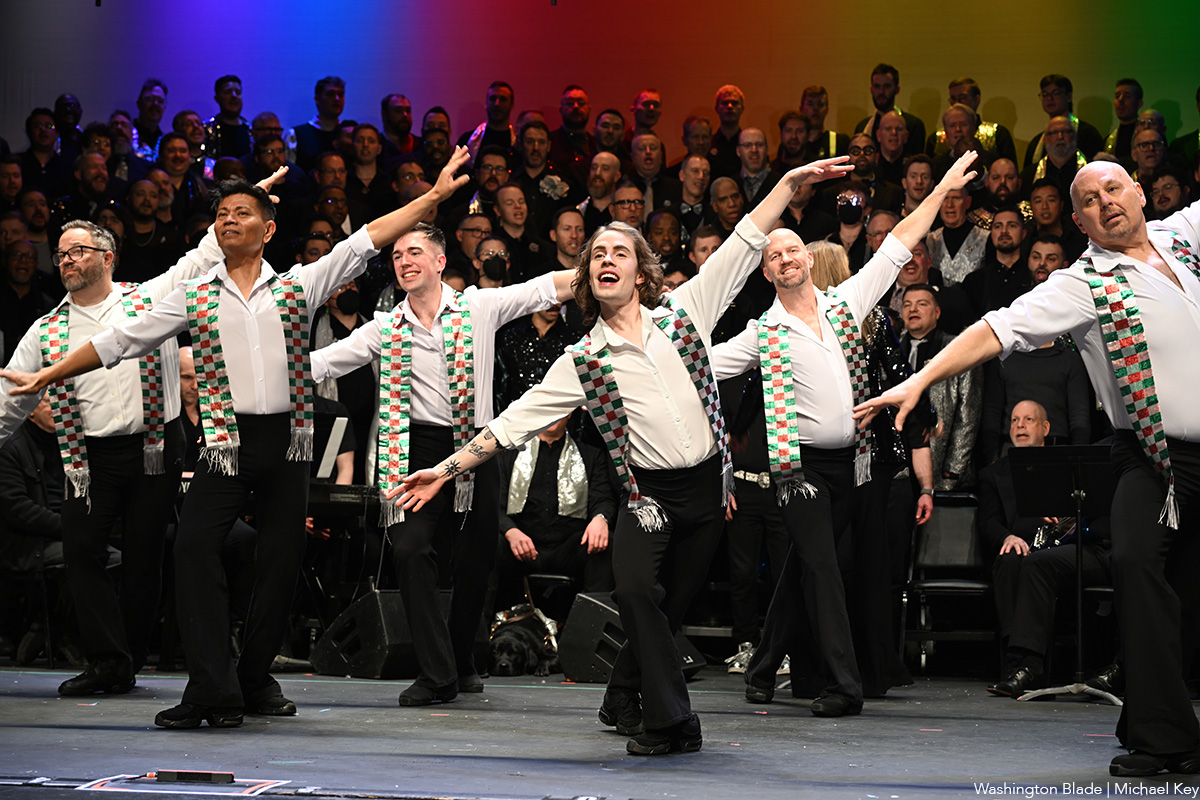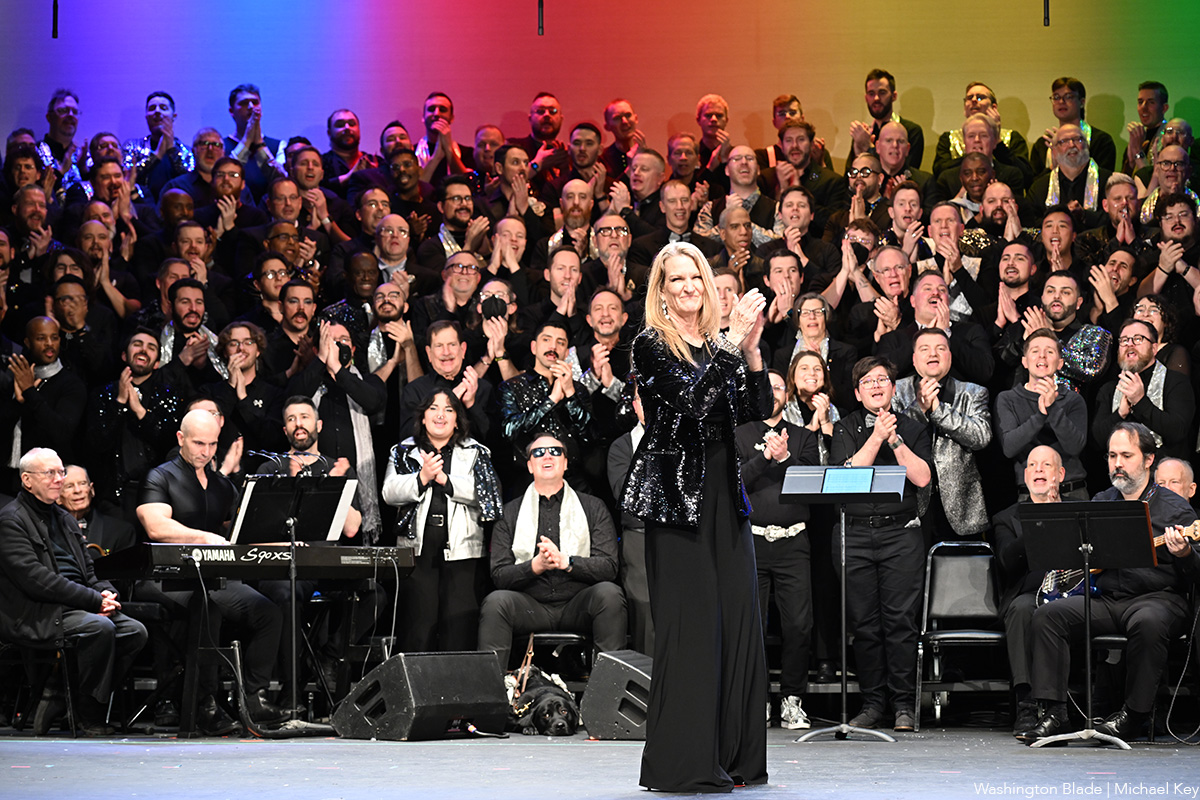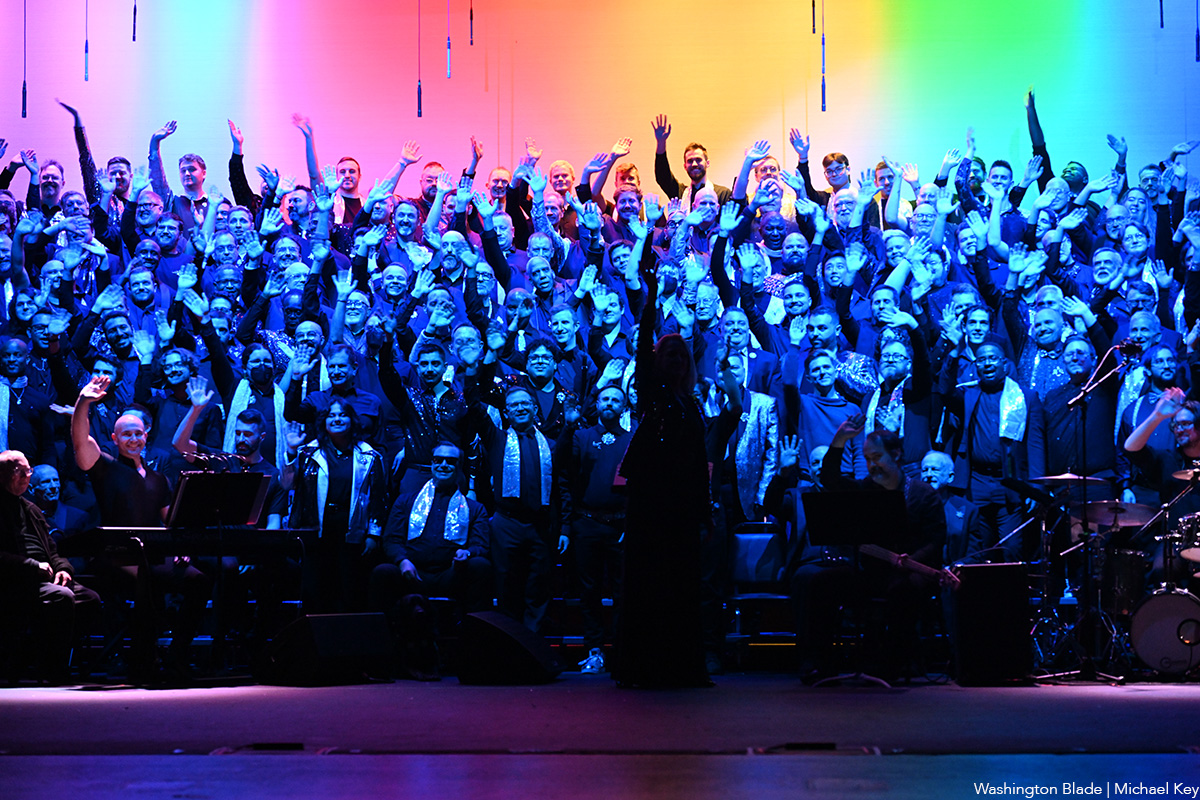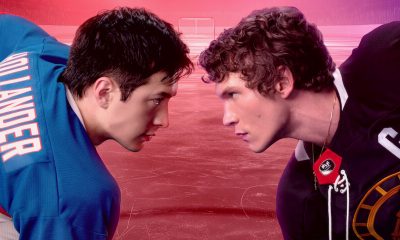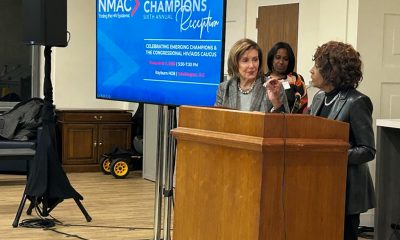Arts & Entertainment
Queer history becomes ‘Visible’ on new Apple TV docuseries

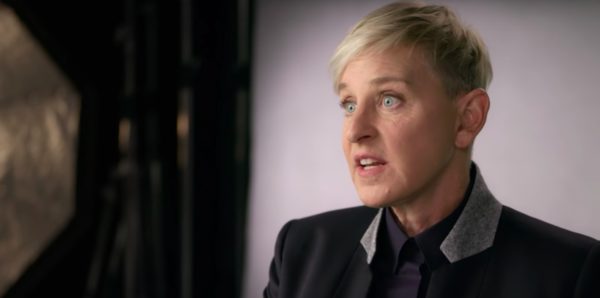
At a time when television is setting new records in terms of onscreen recognition for LGBTQ identities and issues, it might be easy – especially for the younger among us – to forget that it wasn’t always that way.
There was a time, not long ago, when one might never even know LGBTQ people existed based on what they saw on TV. Such figures as Liberace and Paul Lynde, who are now seen as representing a sort of queer proto-visibility with their flamboyant onscreen personas, passed in their day as straight to the majority of their viewing public, incredible as it may seem to us now; and Stonewall, now widely known as one of the most significant moments in the struggle for LGBTQ equality, was never mentioned in a single network news broadcast when it happened, a mere 50 years ago.
Partly because of the television industry’s suppression of all things queer during most of its history, most of LGBTQ history has long been invisible, preserved only in the memories of those who took part, and in greater danger of being lost forever with the passing of each succeeding generation.
Fortunately, embedded within the story of television itself is an entire narrative revealing the queer history that was taking place right before the eyes of millions of viewers, even as it was happening – and thanks to “Visible: Out on Television,” a new 5-part mini-docuseries debuting this weekend on Apple TV+, it’s a history that is now being told, out, proud and queer.
Created by Emmy-nomiinated filmmakers Ryan White and Jessica Hargrave, the series investigates the importance of television as an intimate medium that has shaped the American conscience – and illuminates how the LGBTQ movement has shaped television. It combines archival footage, interviews with key players from the movement and the screen, and narrations by community icons Janet Mock, Margaret Cho, Asia Kate Dillon, Neil Patrick Harris and Lena Waithe, to explore themes such as invisibility, homophobia, the evolution of the LGBTQ character, and coming out in the television industry.
Each hour long episode focuses on an era in the timeline of television history, paralleling the evolution of queer representation in the medium with the cultural history that was occurring around it.
*DISCLAIMER: SPOILERS BELOW
The first installment, titled “The Dark Ages,” gives us a chilling look at an era that surely exemplifies what the slogan “Make America Great Again” was meant to evoke in the minds of a nostalgic older generation – at least, those among them that had been privileged enough to ignore its inequality and injustices. We are reminded that the first mention of the word “homosexual” came in the televised Army-McCarthy hearings of 1954, during discussions about the security risks posed by LGBTQ government employees whose “deviant” lifestyle presumptively made them vulnerable to manipulation by Communist agents; that during the 1960s, the news media, including respected CBS anchor Mike Wallace, hosted “experts” of the day who propounded the belief that homosexuality was a curable psychological disorder; and that Lance Loud, the first openly homosexual person to appear on television when he was part of “An American Family,” the docuseries that followed his household for thirteen weeks in 1973, was demonized and vilified by a press that called him “leechlike” and described him as “an evil flower.” In each case, it’s impossible to ignore the echoes of similar homophobic rhetoric that has resurged during the Trump era.
Yet in the same hour, we are also shown the signs of hope that blossomed in the midst of all this darkness, through the gradual foothold that was made by an LGBTQ presence on television, from the non-stereotypical gender presentation of coded characters like Sheila Kuehl’s Zelda on “The Many Adventures of Dobie Gillis” and Lynde’s Uncle Arthur on “Bewitched,” to the groundbreaking depictions of openly queer people on Norman Lear’s “All in the Family.” The episode ends with the glimmer of an even brighter future that appeared with the emergence of openly gay Harvey Milk as a substantial political figure.
That we know all too well how his story ends gives us all the more reason to want to binge watch straight through each of these five excellent episodes.
With insight and commentary from familiar contemporary figures (such as Wanda Sykes and Wilson Cruz, both of whom are also executive producers, along with director White), historic queer icons (like Ellen DeGeneres and Bruce Vilanch), and lesser-known voices from the early days of LGBTQ activism, “Visible” presents a thoughtful, emotionally resonant, clearly focused, and deeply informative look at queer history as it fought its way into mainstream consciousness through a powerful medium that still connects us all. It’s a must-see event for LGBTQ audiences who thirst for knowledge about the community’s past, yes – but also for anyone who wants to gain an understanding of how representation on TV works to shape the culture surrounding it, as well as why it matters.
The show drops on Apple TV+ on Friday, February 14. You can watch the trailer below.
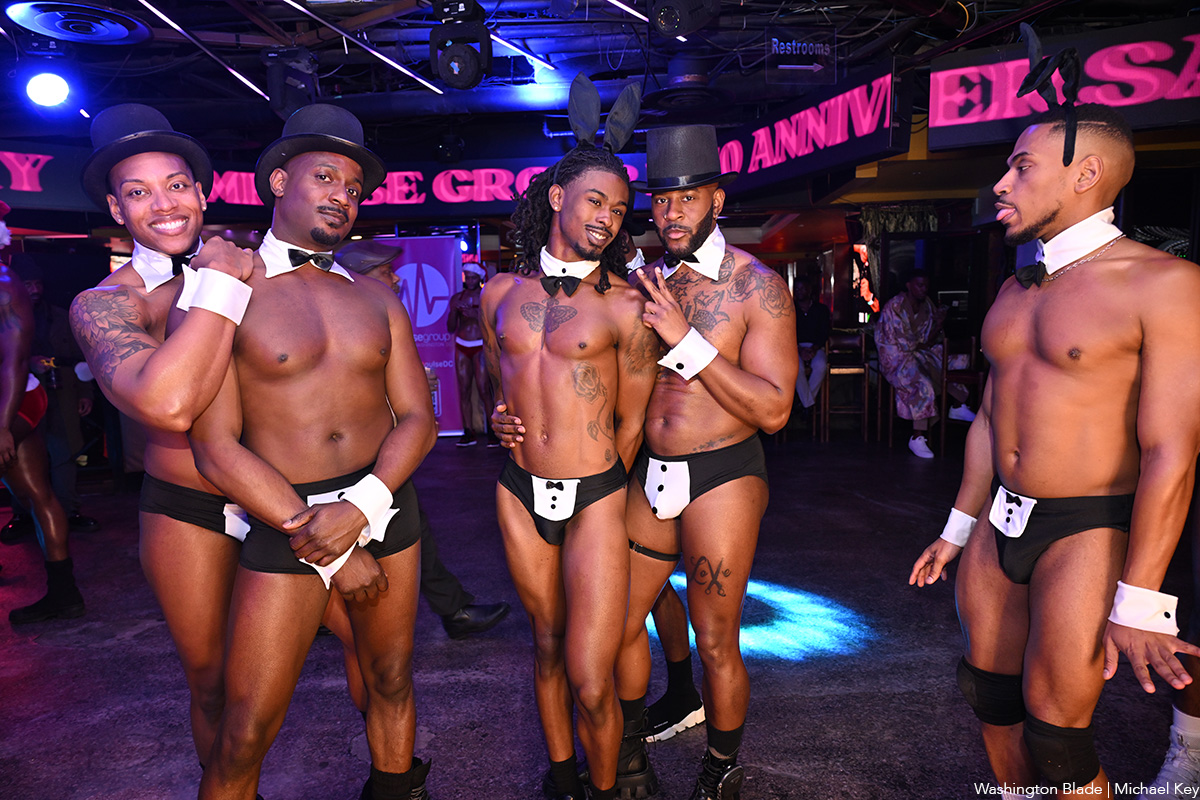
Impulse Group DC held “10’s Across the Board: A Celebration of 10 Years” at Bravo Bravo (1001 Connecticut Ave., N.W.) on Sunday, Dec. 14. Impulse Group DC is a volunteer-led 501(c)(3) and affinity group of AIDS Healthcare Foundation dedicated “to engaging, supporting, and connecting gay men” through culturally relevant health and advocacy work.
(Washington Blade photos by Michael Key)

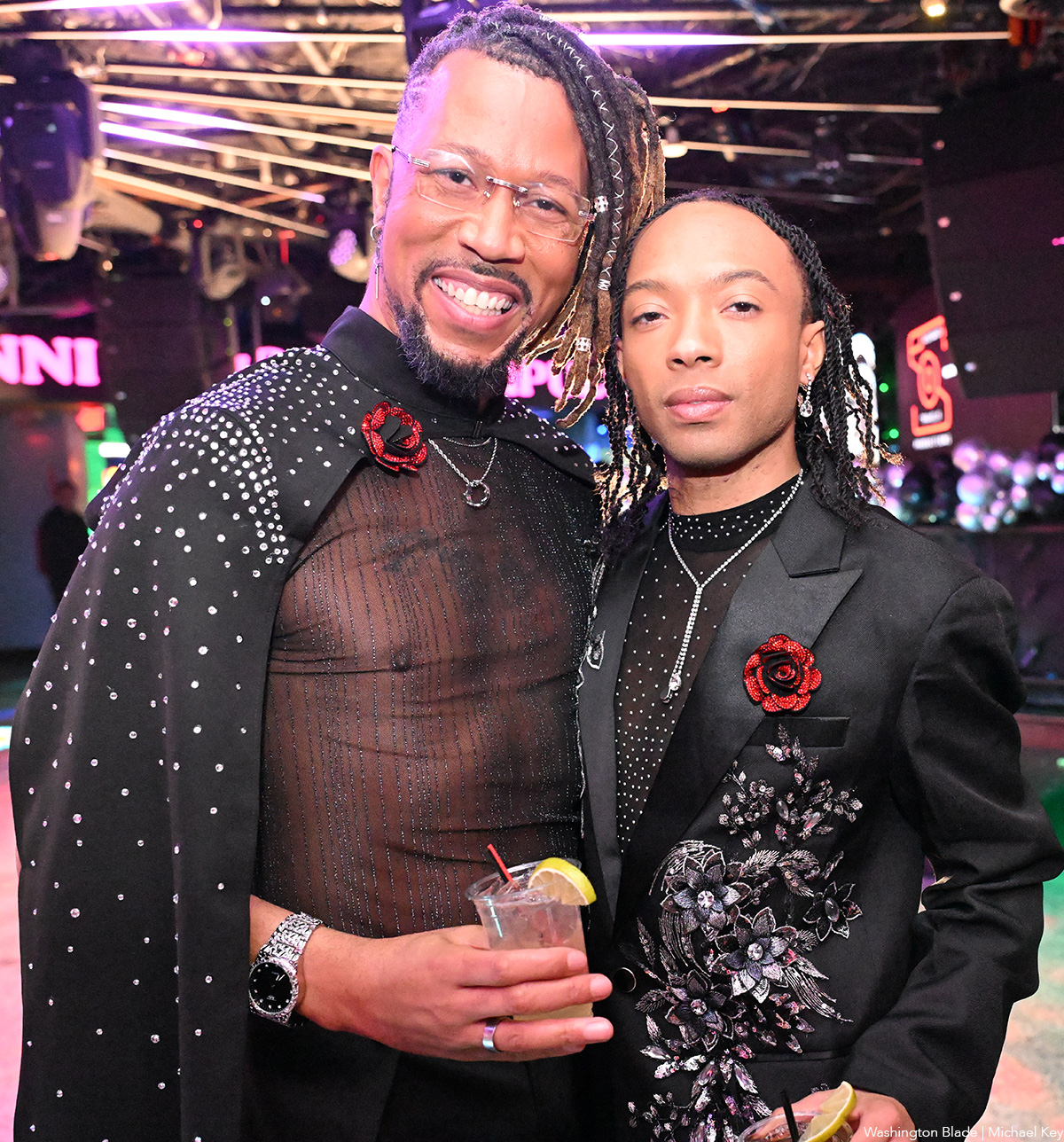
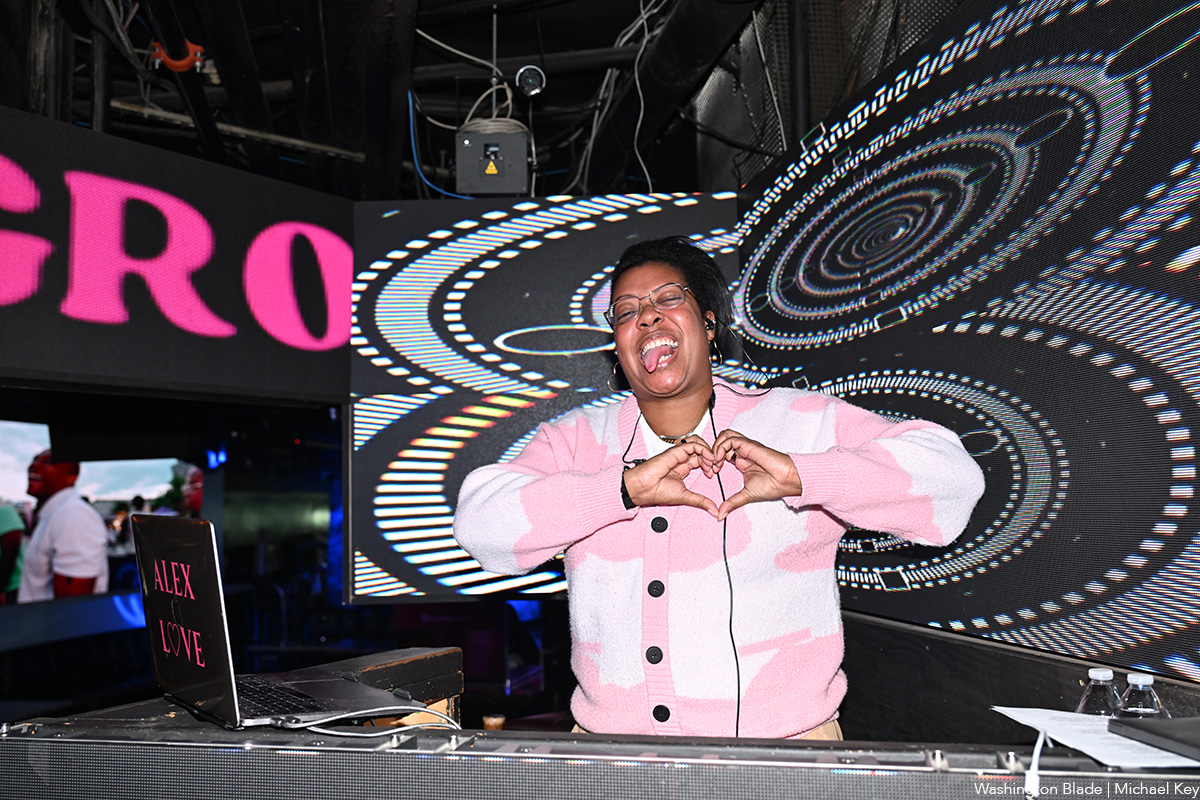
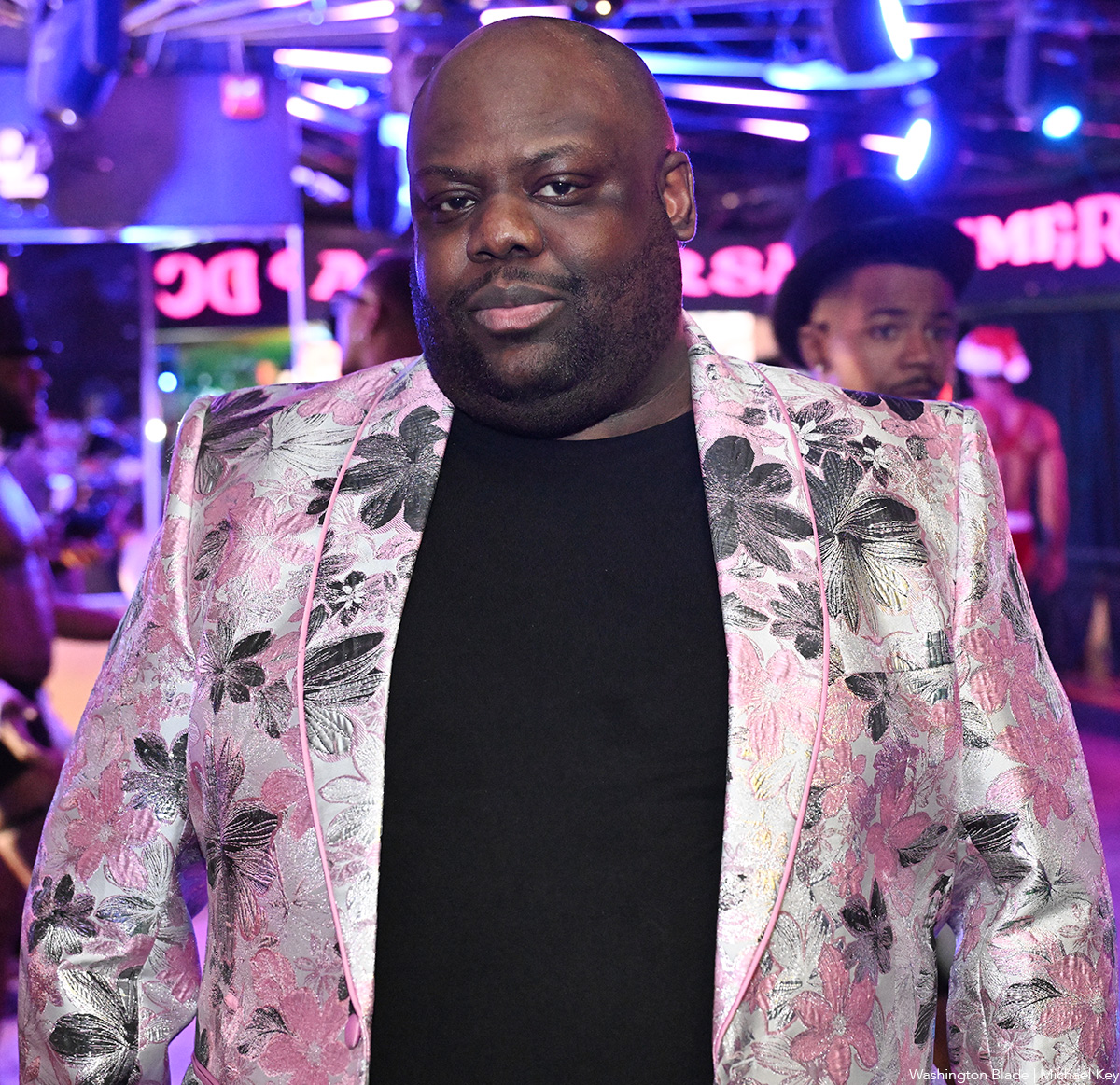
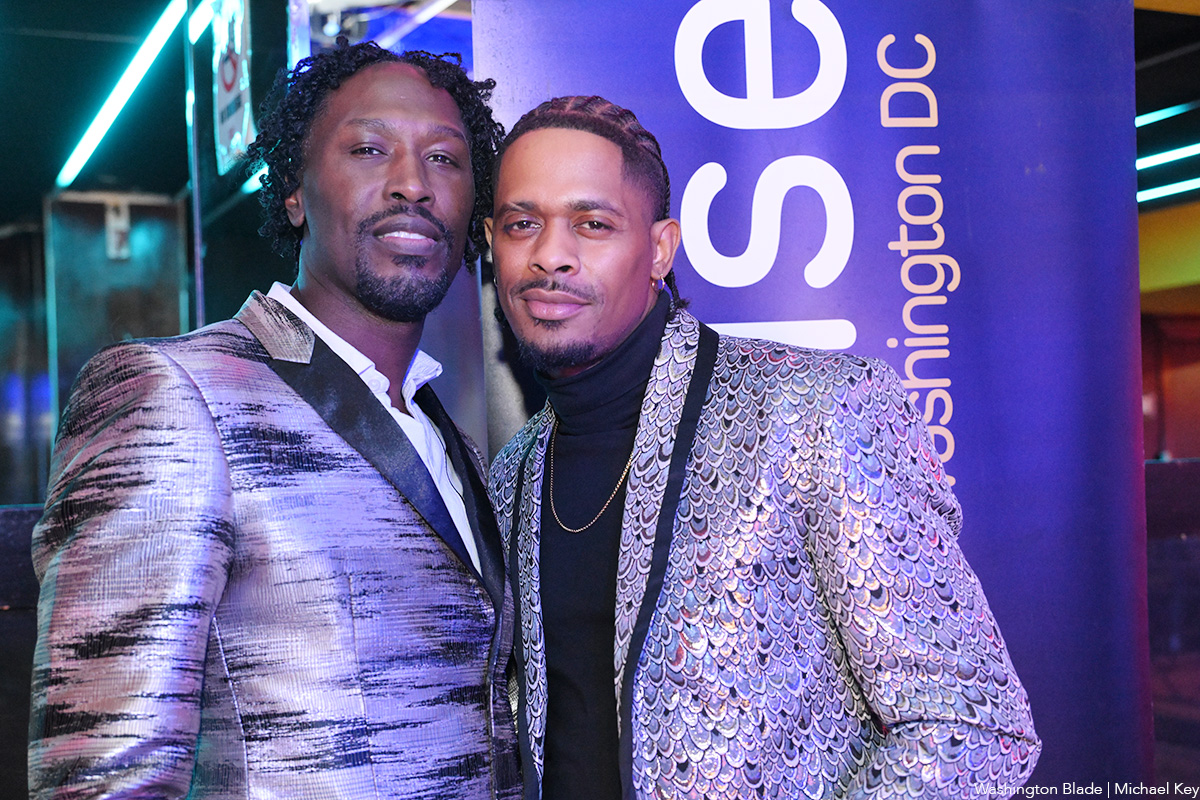
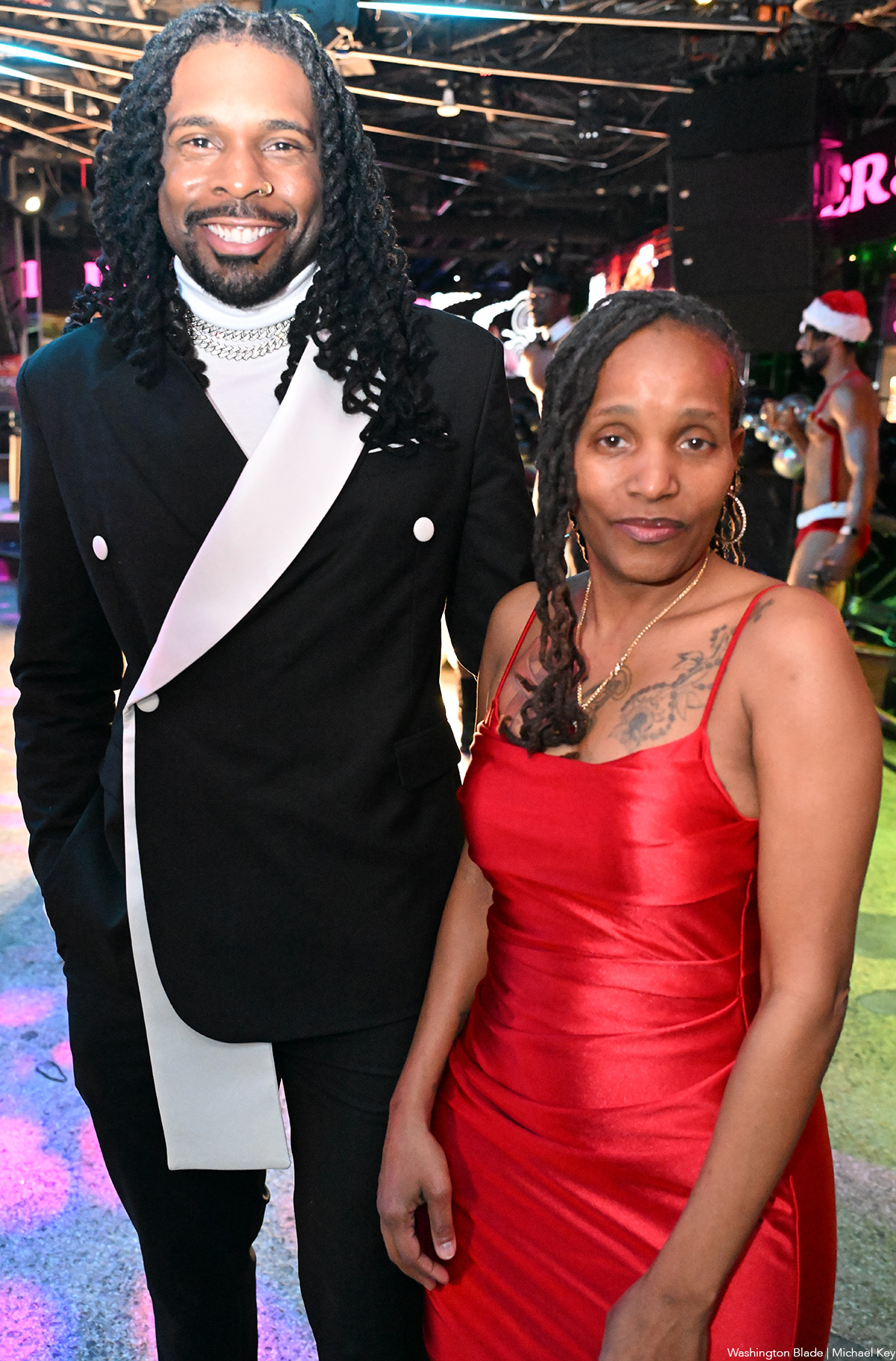
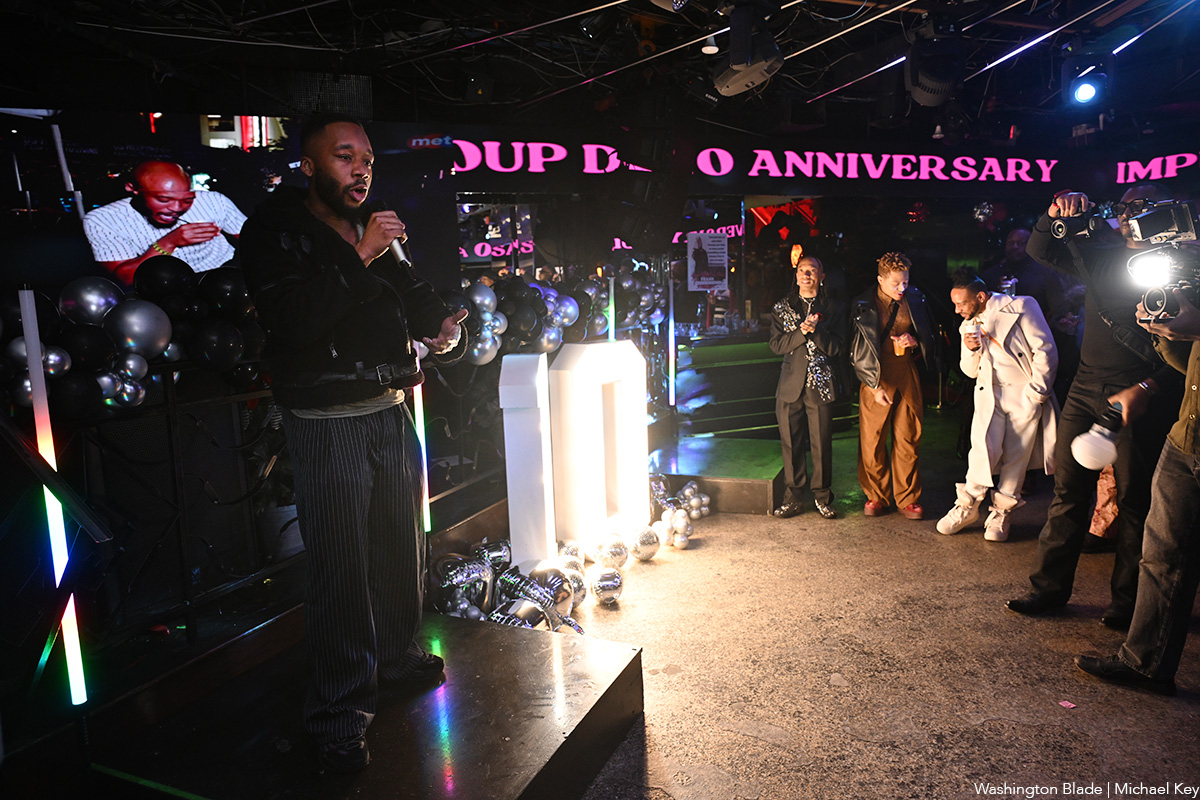
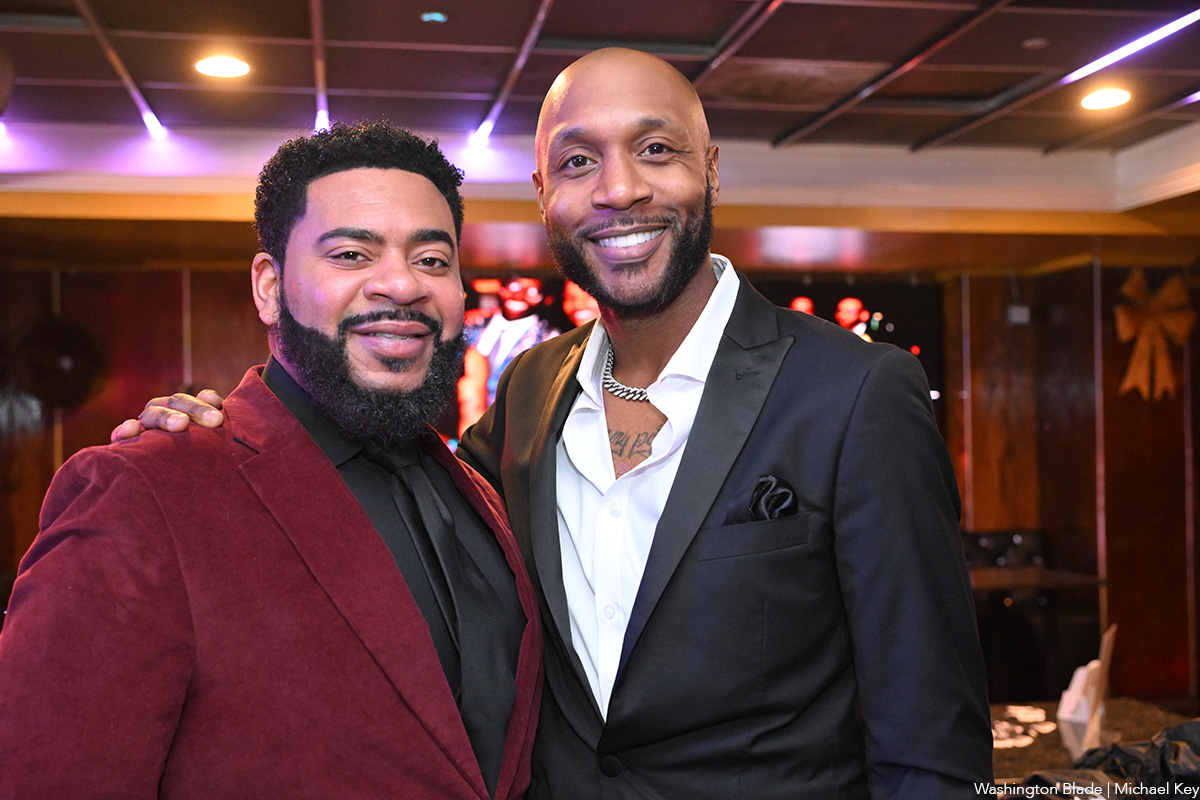
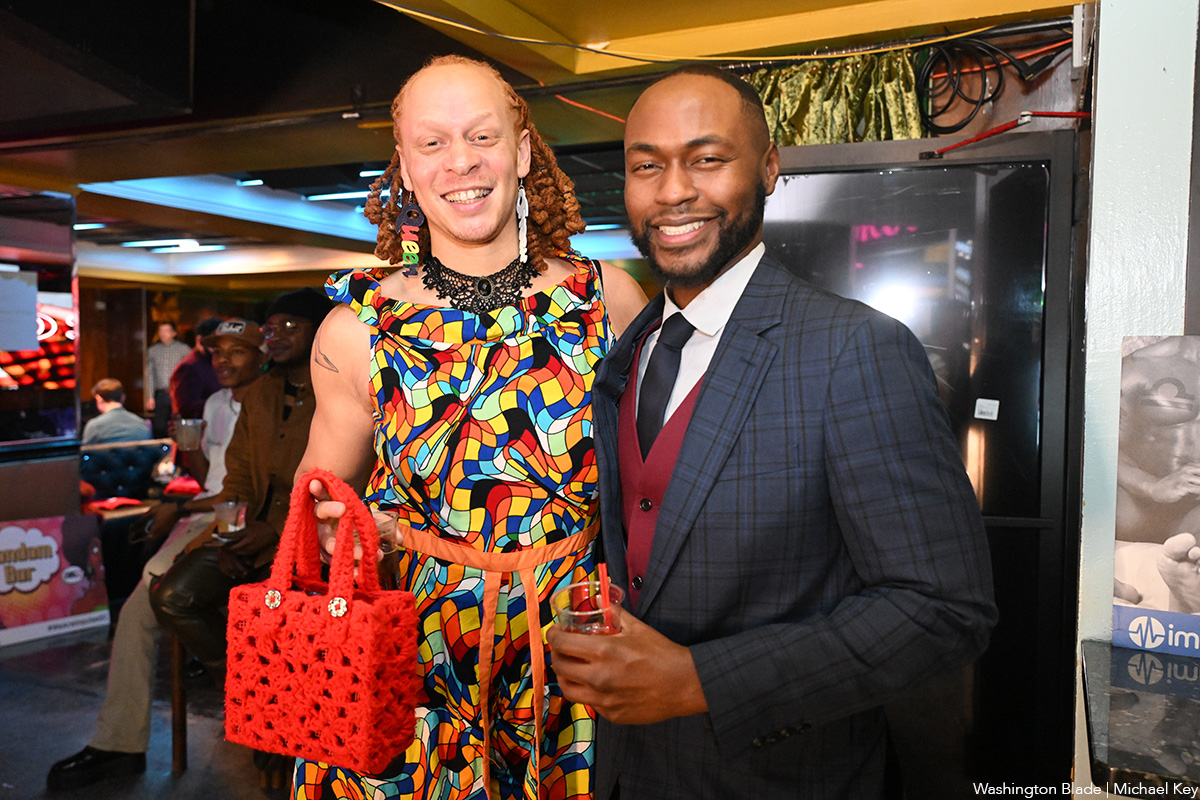
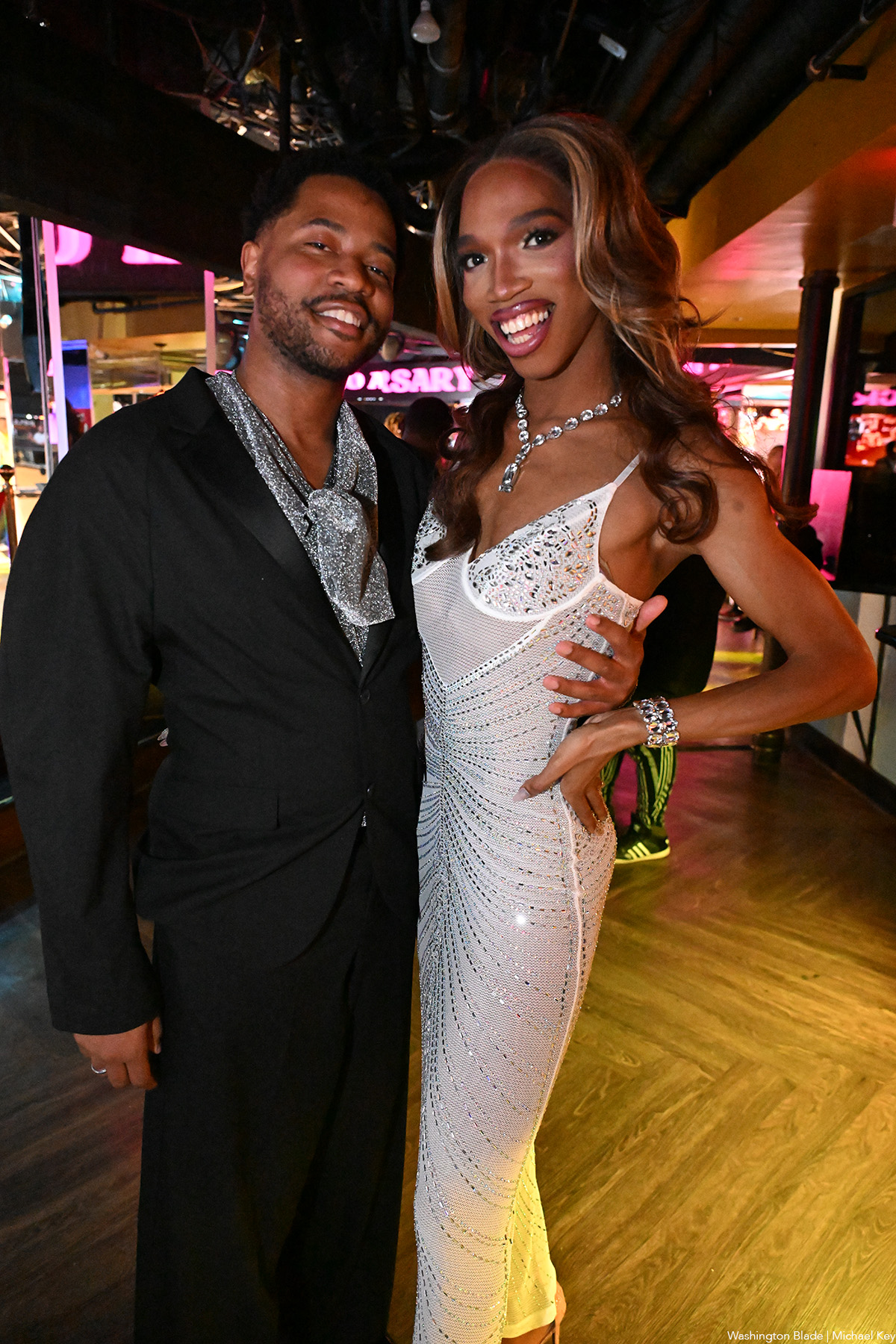
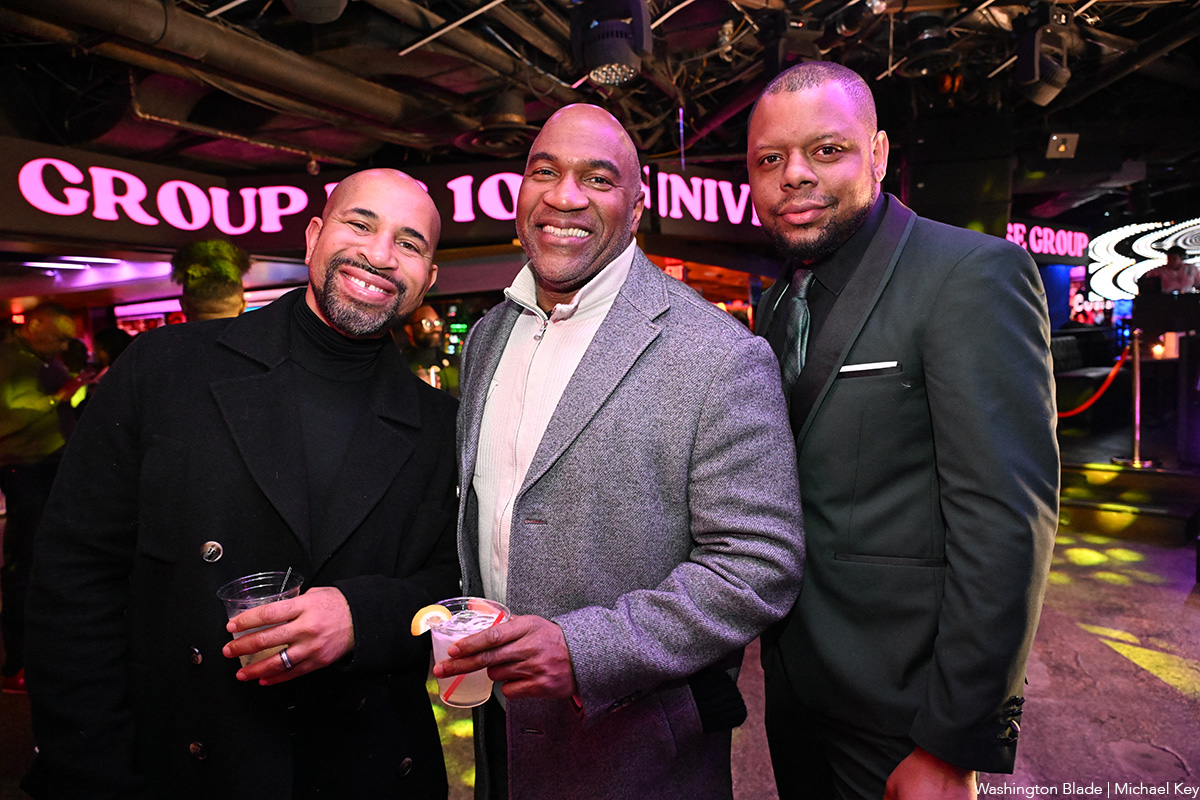
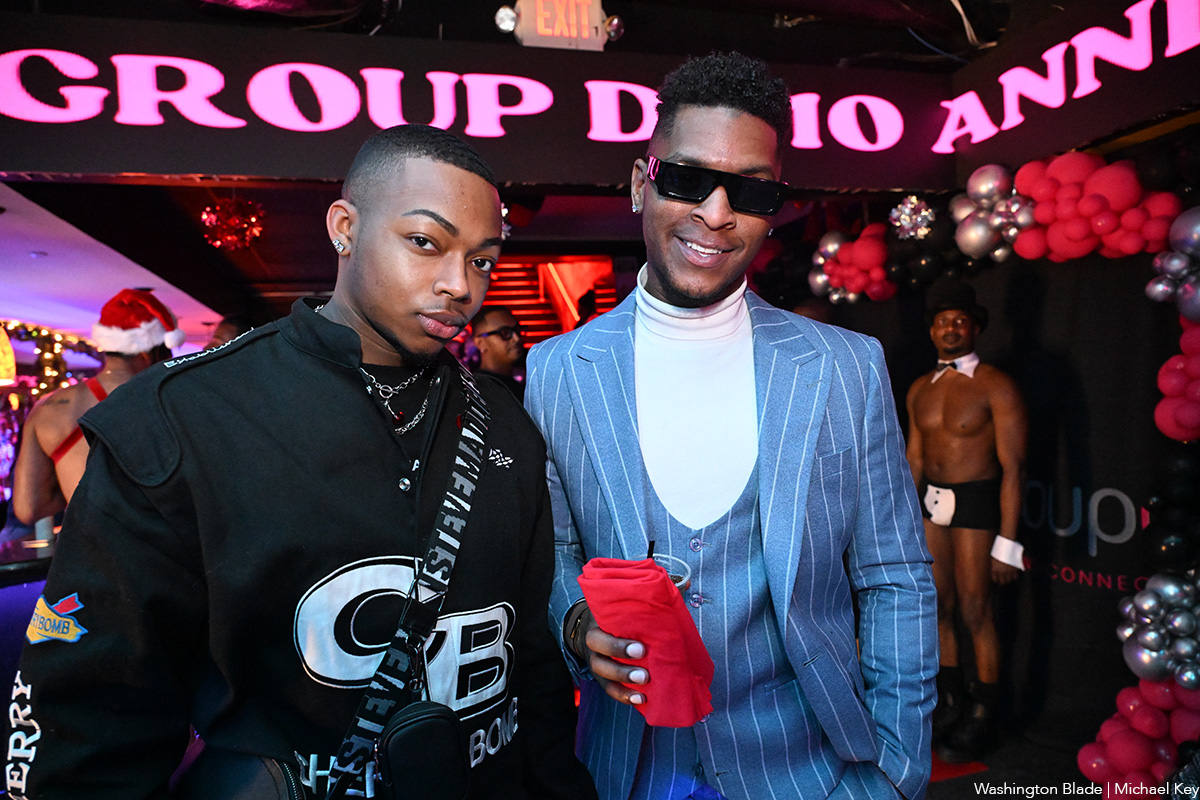
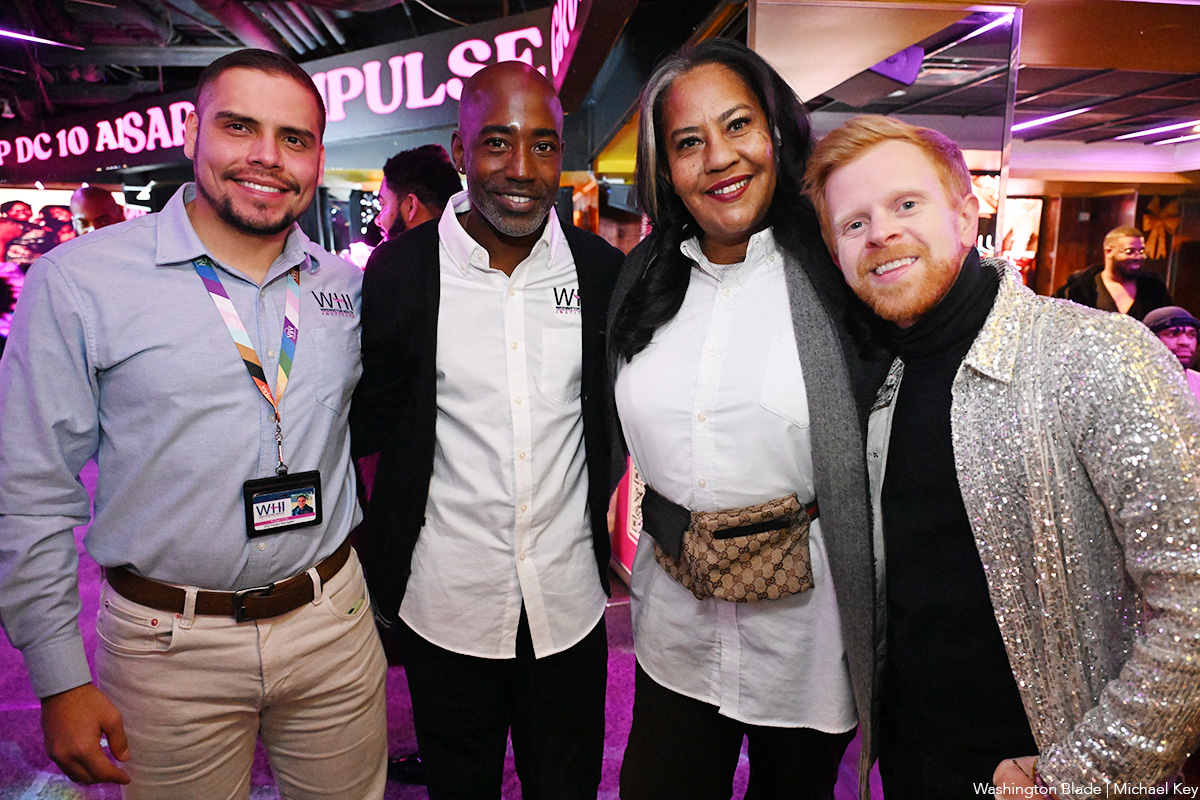

Rob Reiner, most known for directing untouchable classics like “The Princess Bride,” “Misery,” “When Harry Met Sally…,” and “Stand by Me,” died Dec. 14 alongside his wife, Michele Singer Reiner, in their Los Angeles residence. While investigations are actively underway, sources have told PEOPLE Magazine that the pair’s son, Nick Reiner, killed his parents and has been taken into custody.
Reiner was a master of every genre, from the romantic comedy to the psychological thriller to the coming-of-age buddy movie. But in addition to his renowned work that made him a household name, Reiner is also remembered as a true advocate for the LGBTQ community. In 2009, Reiner and his wife co-founded the American Foundation for Equal Rights, helping fight against California’s Prop 8 same-sex marriage ban. They were honored at the 2015 Human Rights Campaign Las Vegas Gala.
In a statement, HRC President Kelley Robinson said: “The entire HRC family is devastated by the loss of Rob and Michele Reiner. Rob is nothing short of a legend — his television shows and films are a part of our American history and will continue to bring joy to millions of people across the world. Yet for all his accomplishments in Hollywood, Rob and Michele will most be remembered for their gigantic hearts, and their fierce support for the causes they believed in — including LGBTQ+ equality. So many in our movement remember how Rob and Michele organized their peers, brought strategists and lawyers together, and helped power landmark Supreme Court decisions that made marriage equality the law of the land — and they remained committed to the cause until their final days. The world is a darker place this morning without Rob and Michele — may they rest in power.”
Reiner’s frequent collaborators have also spoken out as the industry is in mourning, including figures like Ron Howard and John Cusack.
A joint statement from Jamie Lee Curtis and Christopher Guest (who starred in Reiner’s “This is Spinal Tap”) reads: “Christopher and I are numb and sad and shocked about the violent, tragic deaths of our dear friends Rob and Michele Singer Reiner and our ONLY focus and care right now is for their children and immediate families and we will offer all support possible to help them. There will be plenty of time later to discuss the creative lives we shared and the great political and social impact they both had on the entertainment industry, early childhood development, the fight for gay marriage, and their global care for a world in crisis. We have lost great friends. Please give us time to grieve.”
While attending the 2019 HRC Los Angeles Dinner, Reiner spoke out about the need for equality: “We have to move past singling out transgender, LGBTQ, black, white, Jewish, Muslim, Latino. We have to get way past that and start accepting the idea that we’re all human beings. We’re all human beings, we all share the same planet, and we should all have the same rights, period. It’s no more complicated than that.”

The Gay Men’s Chorus of Washington perform “The Holiday Show” at Lincoln Theatre (1215 U St., N.W.). Visit gmcw.org for tickets and showtimes.
(Washington Blade photos by Michael Key)
